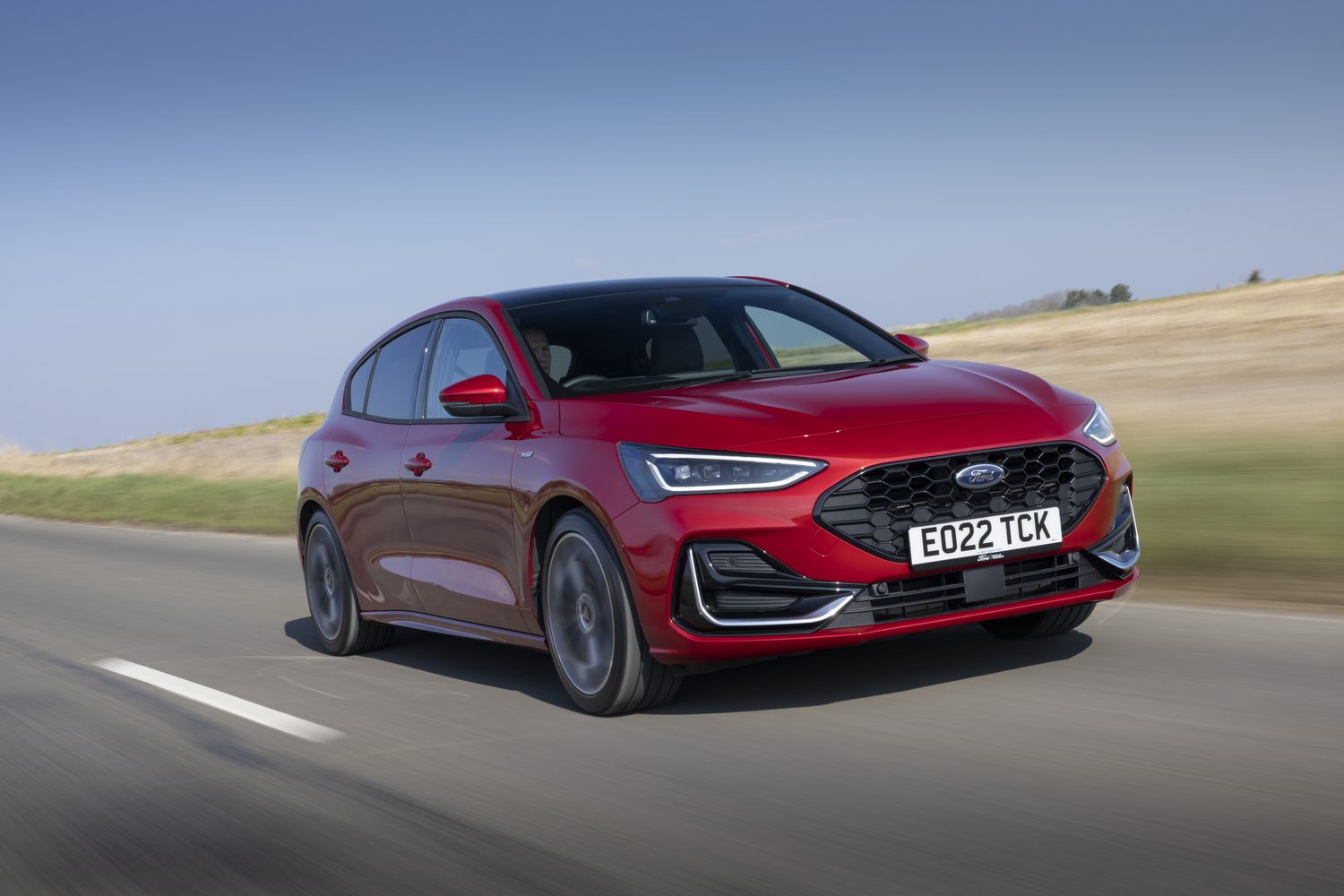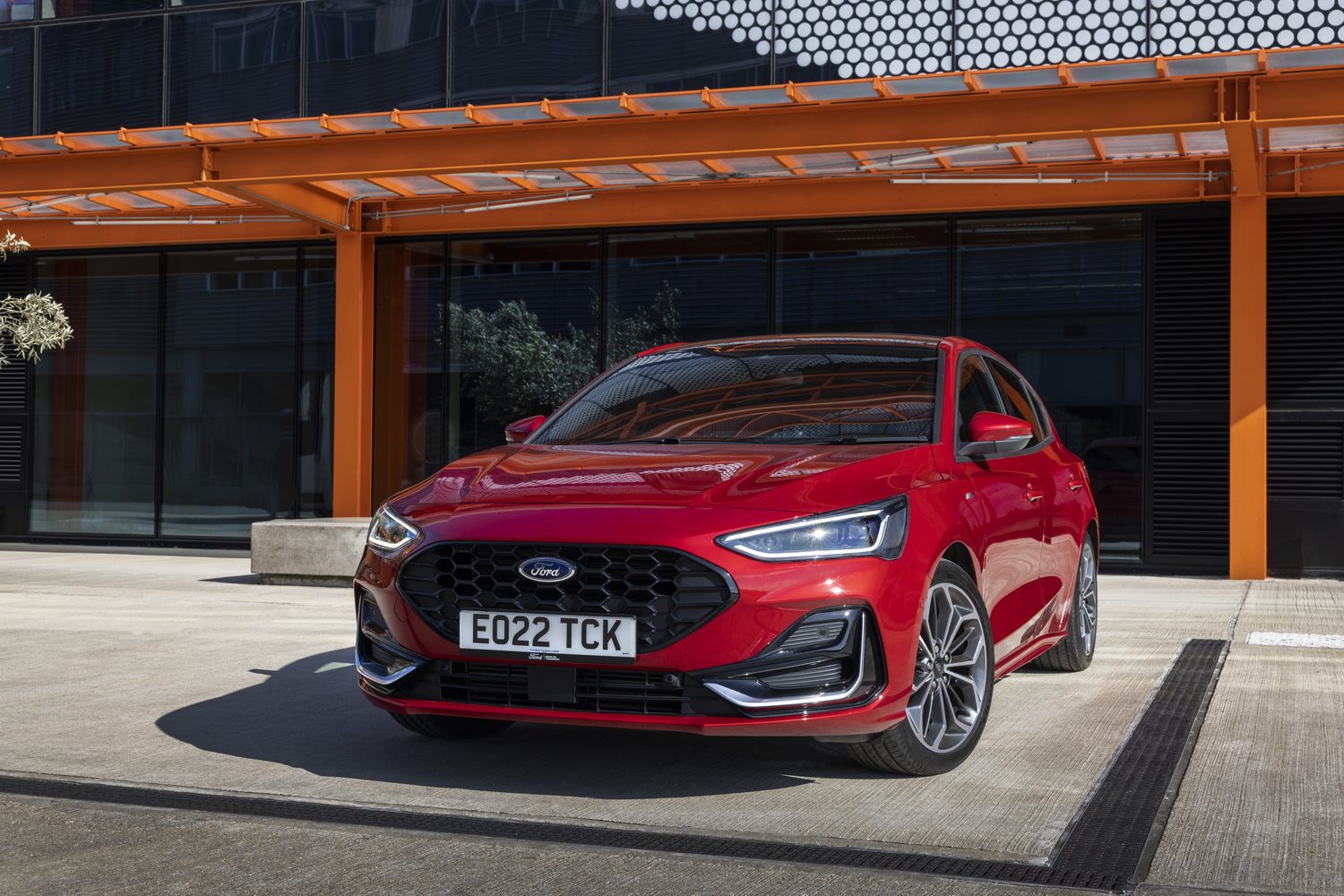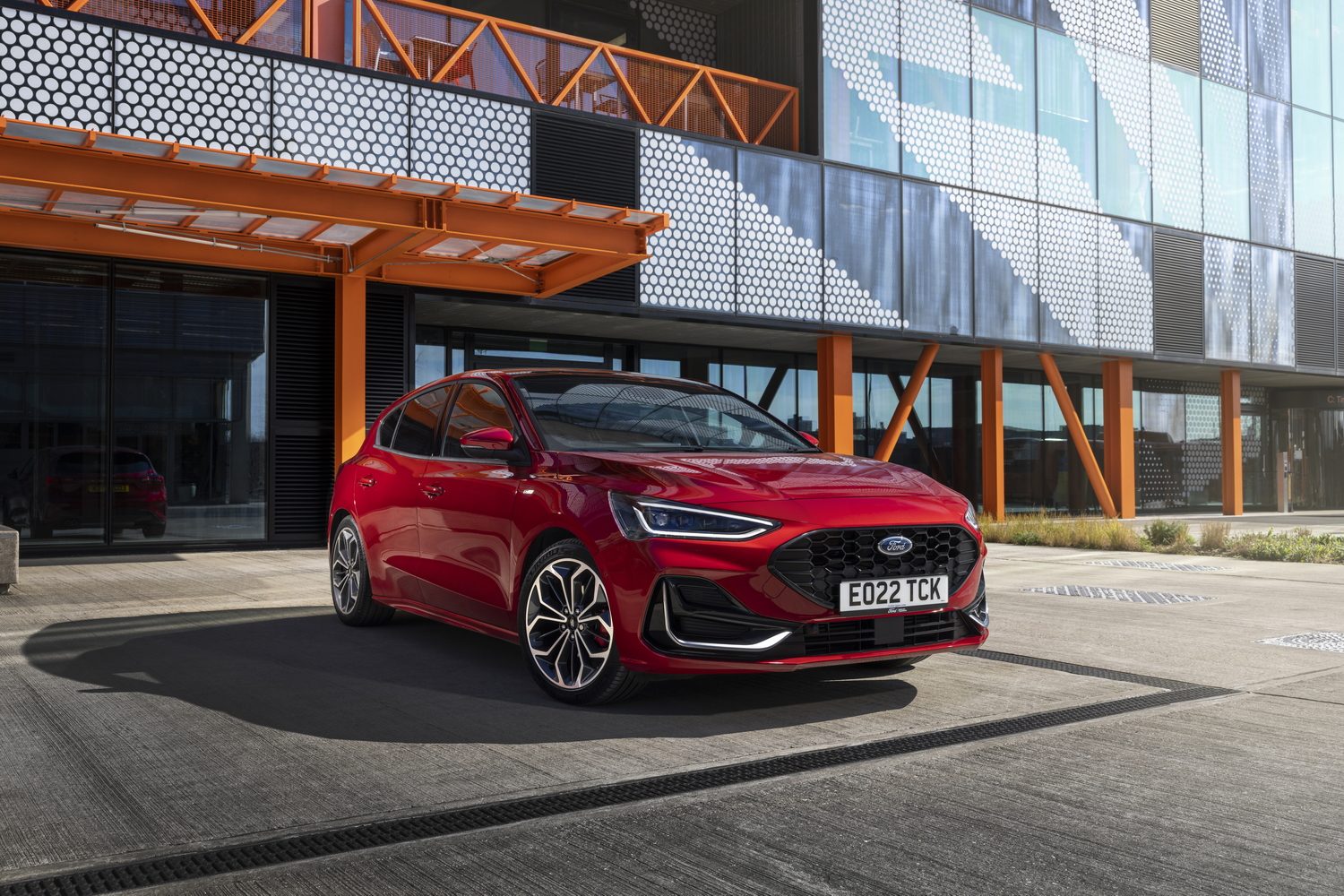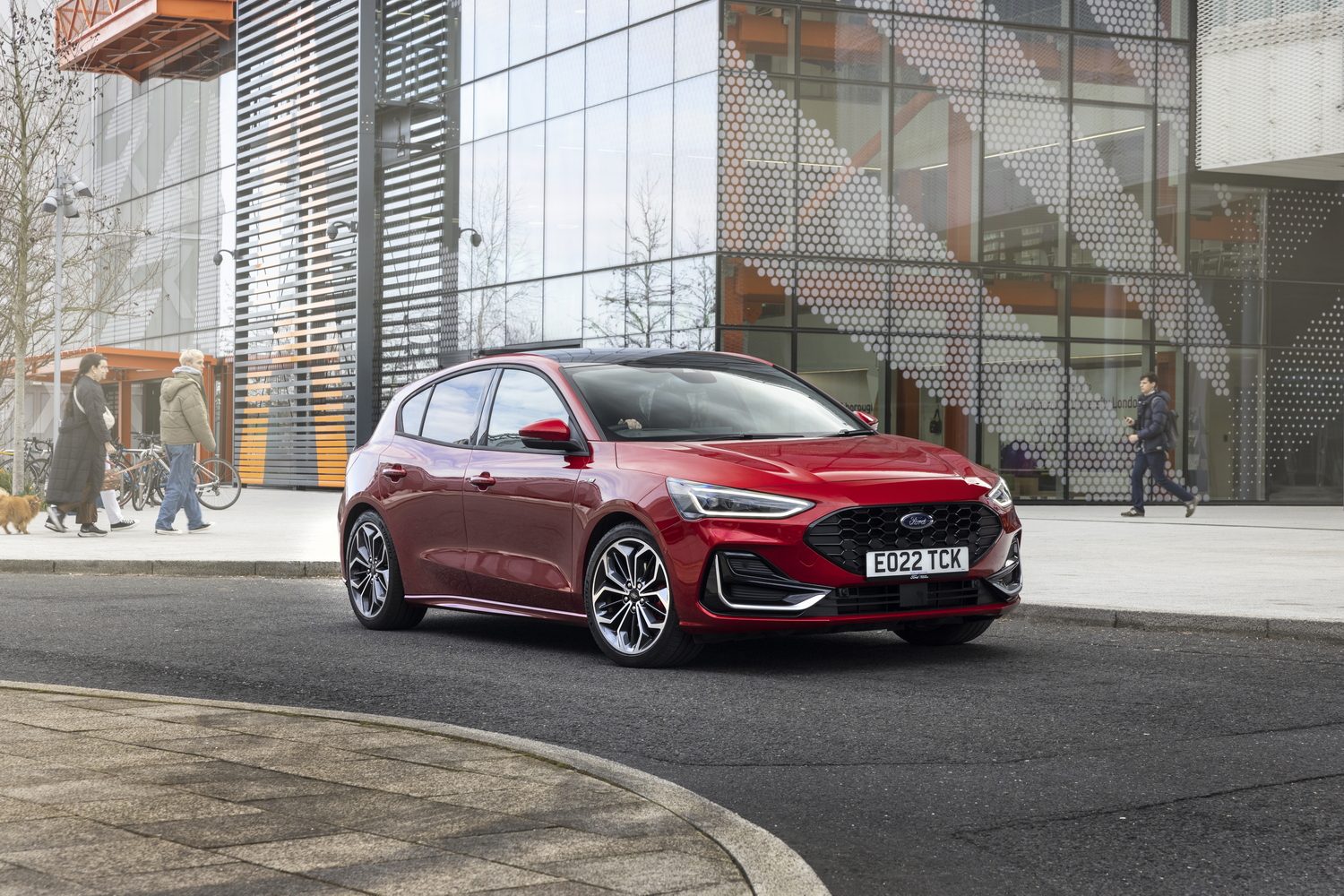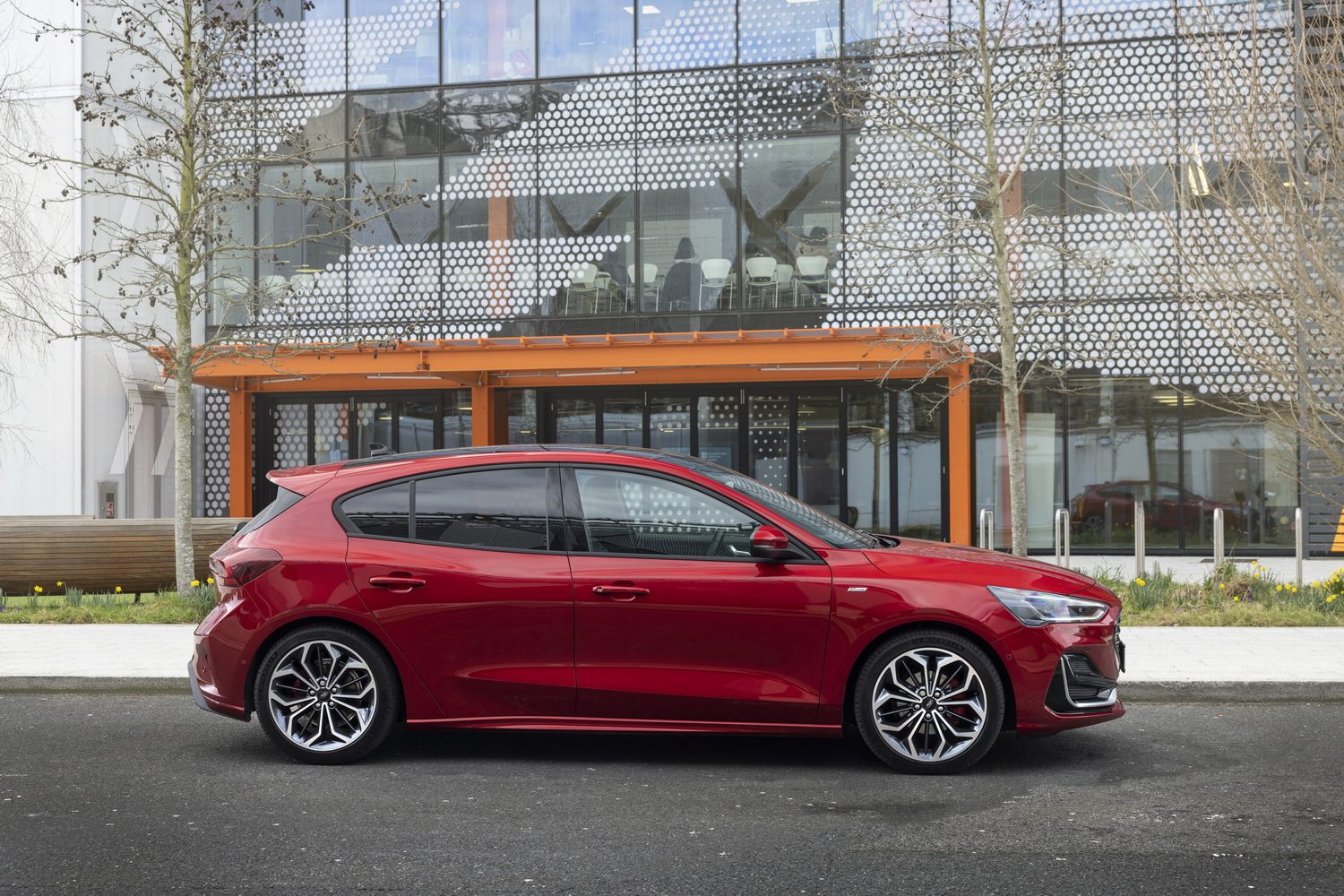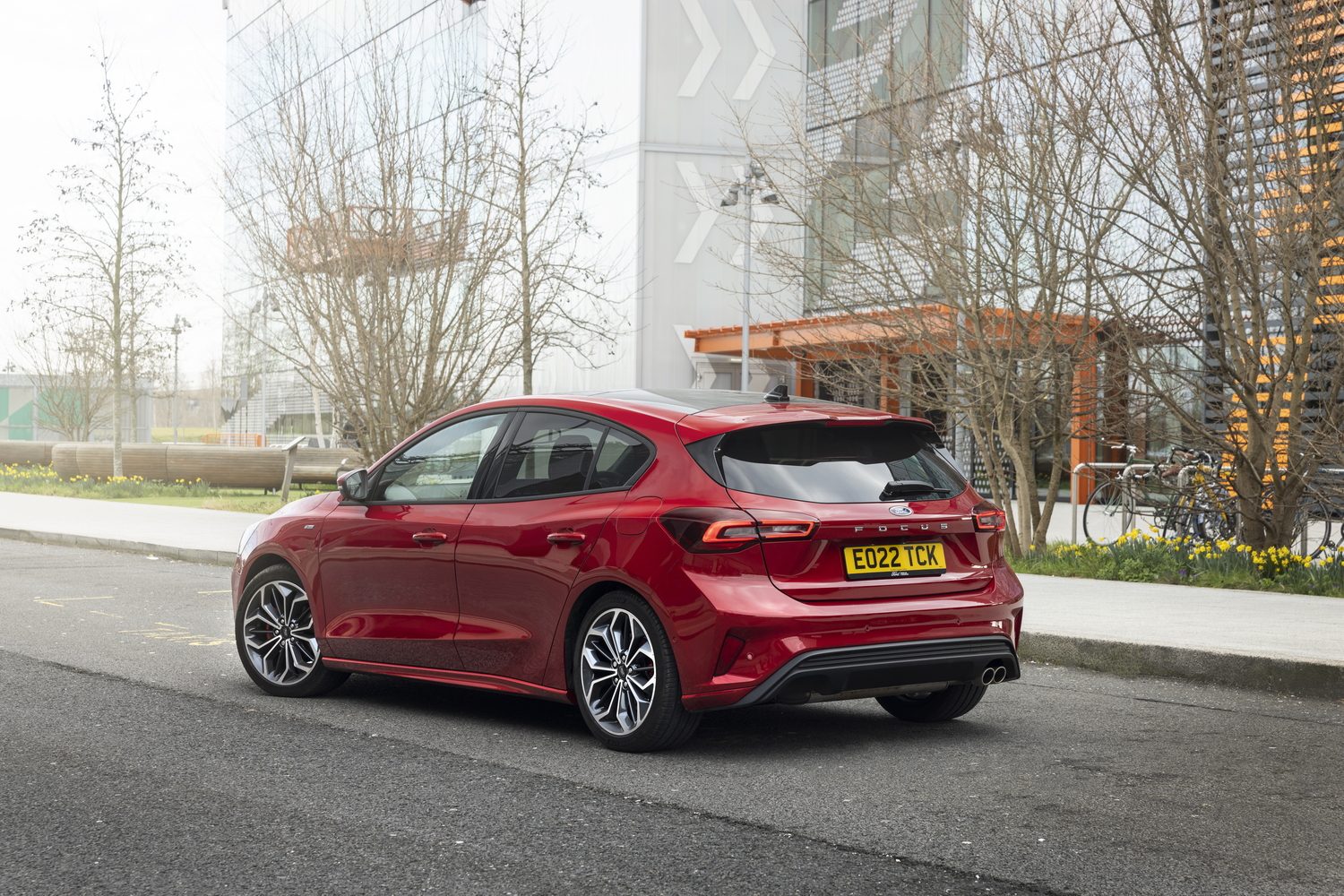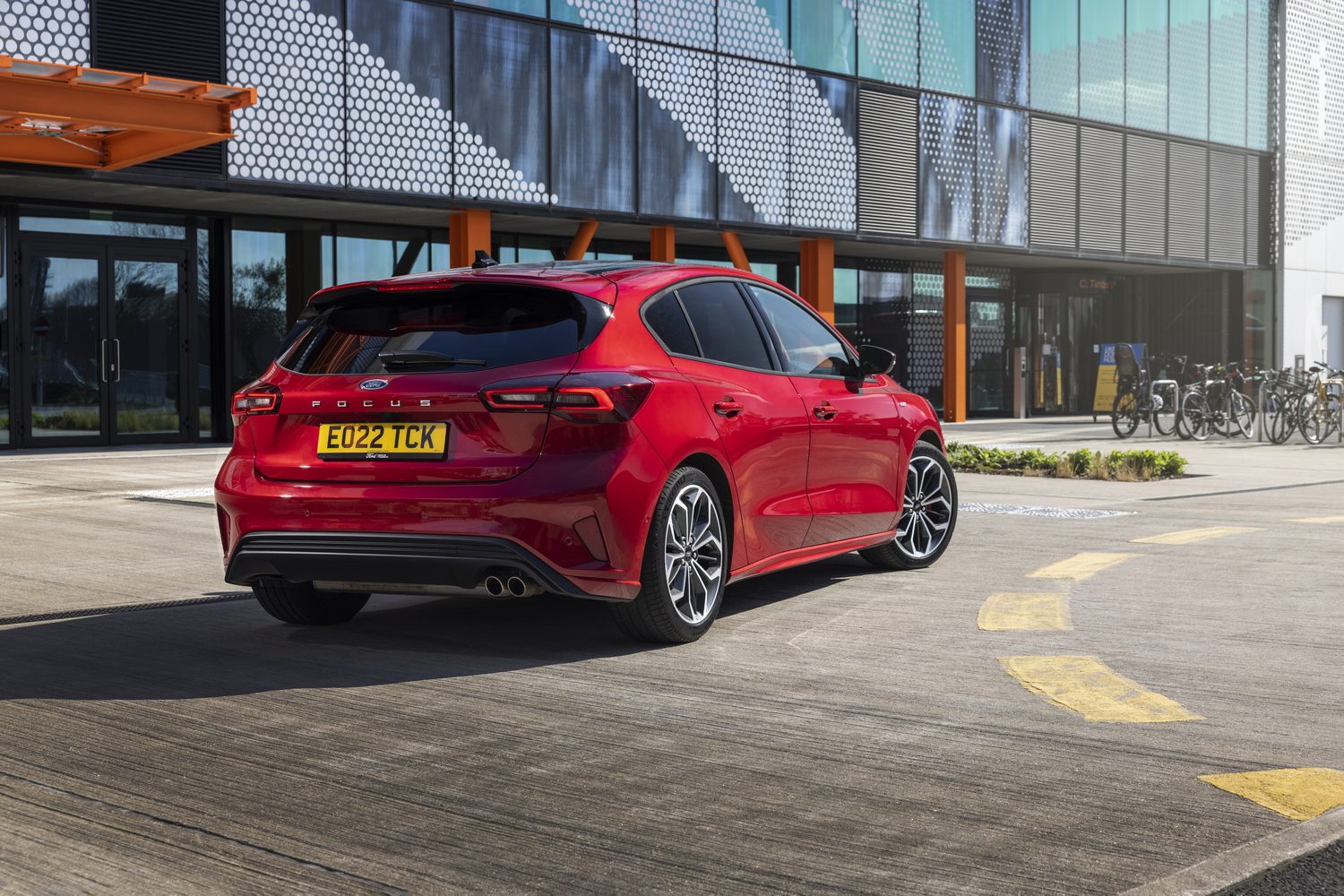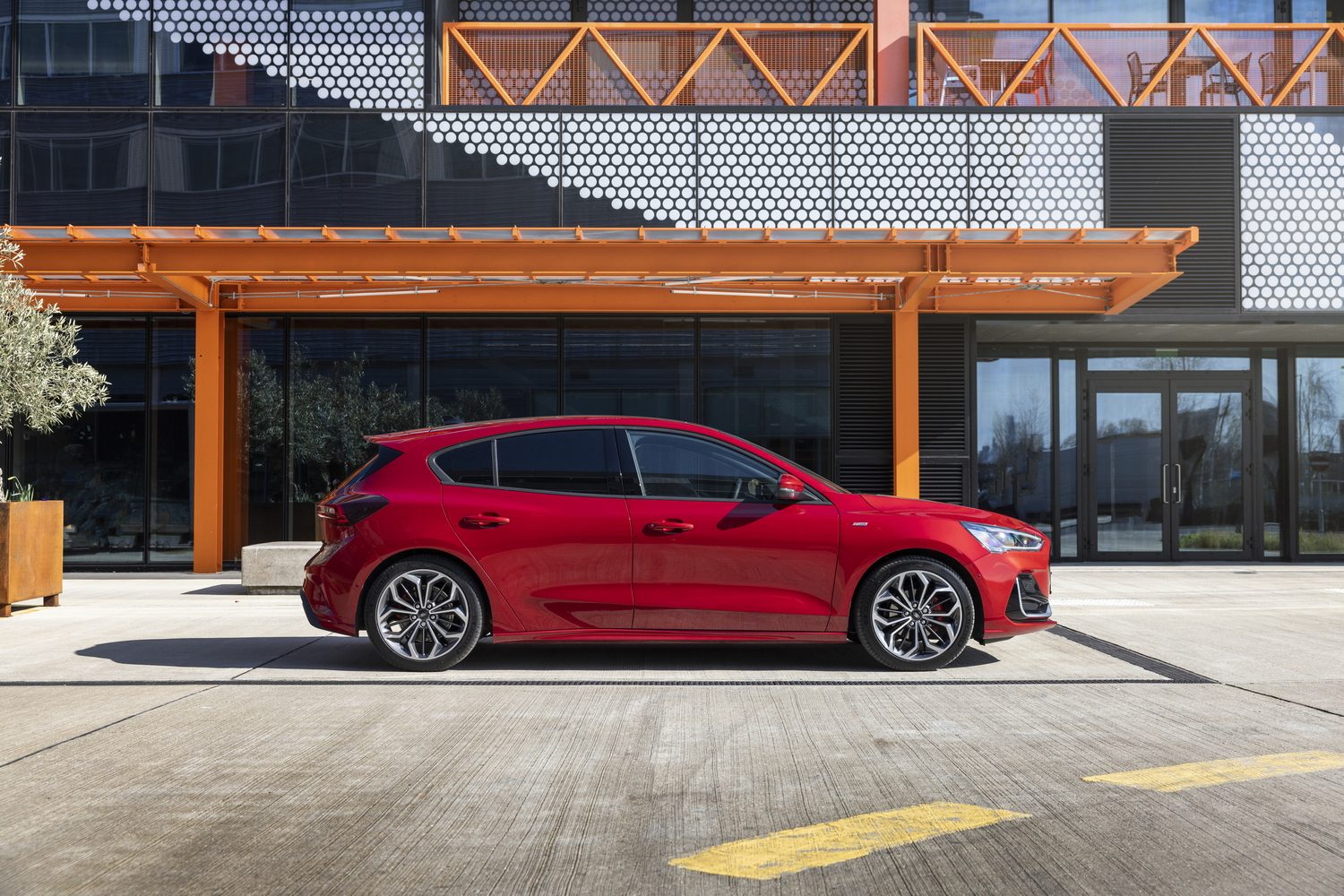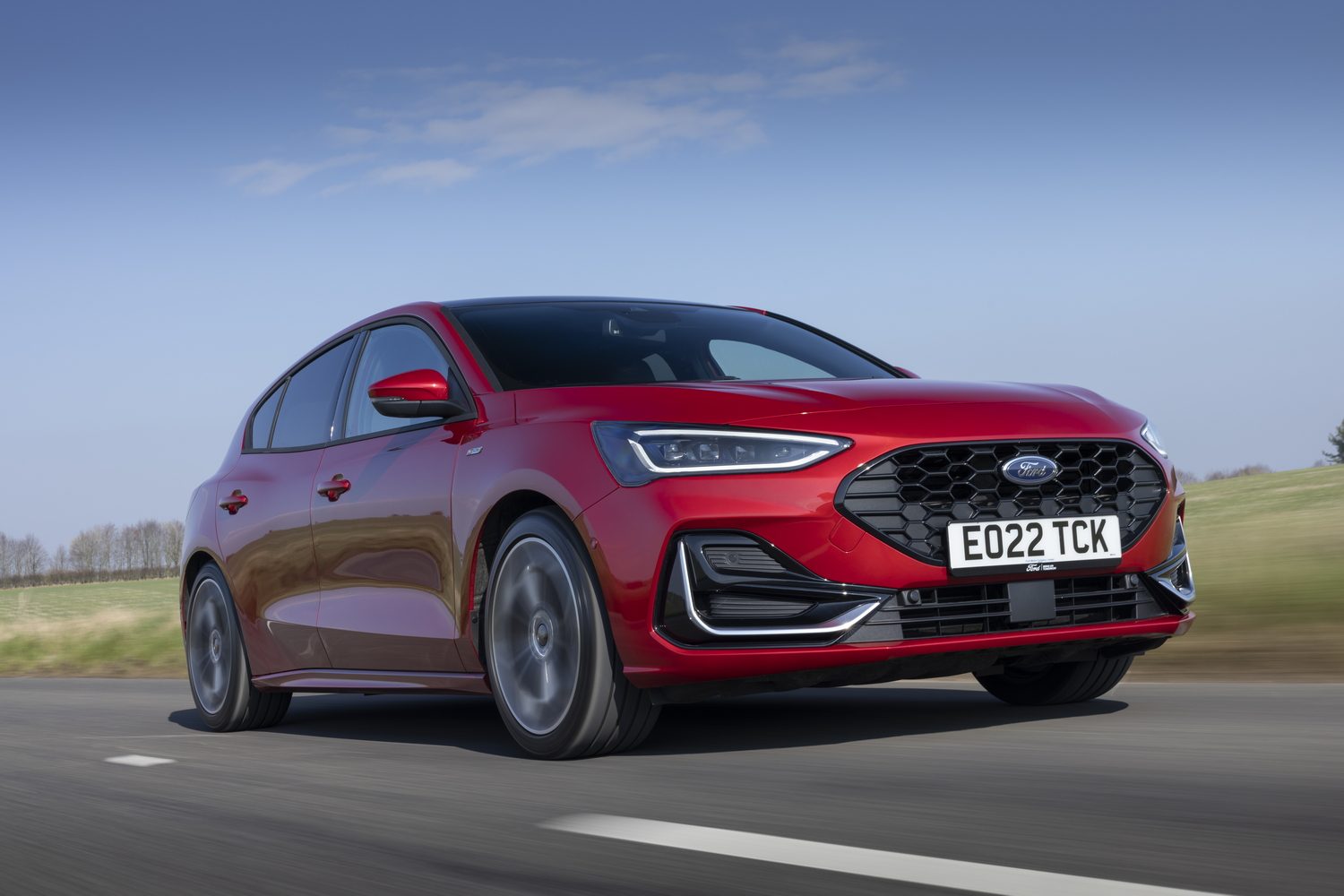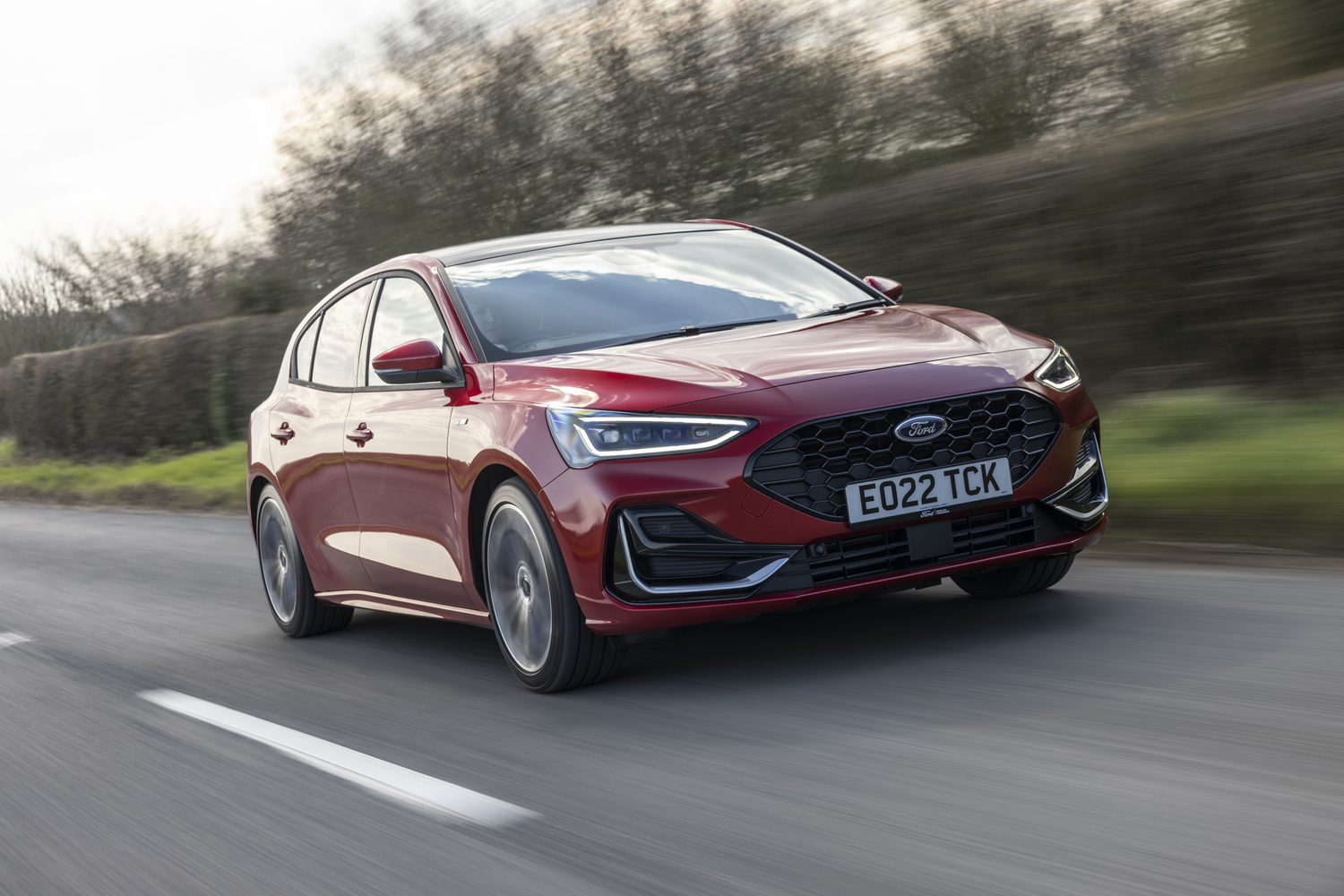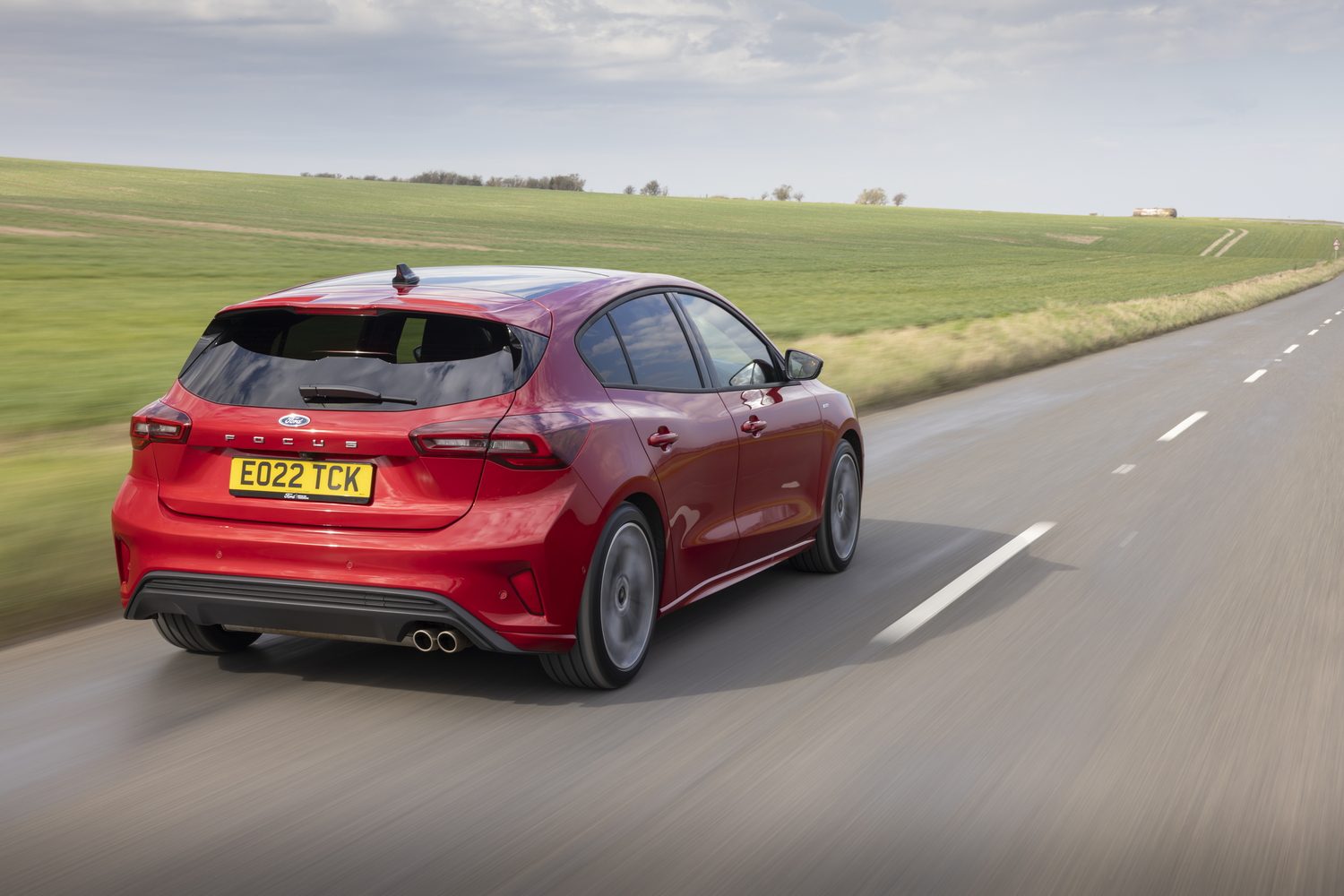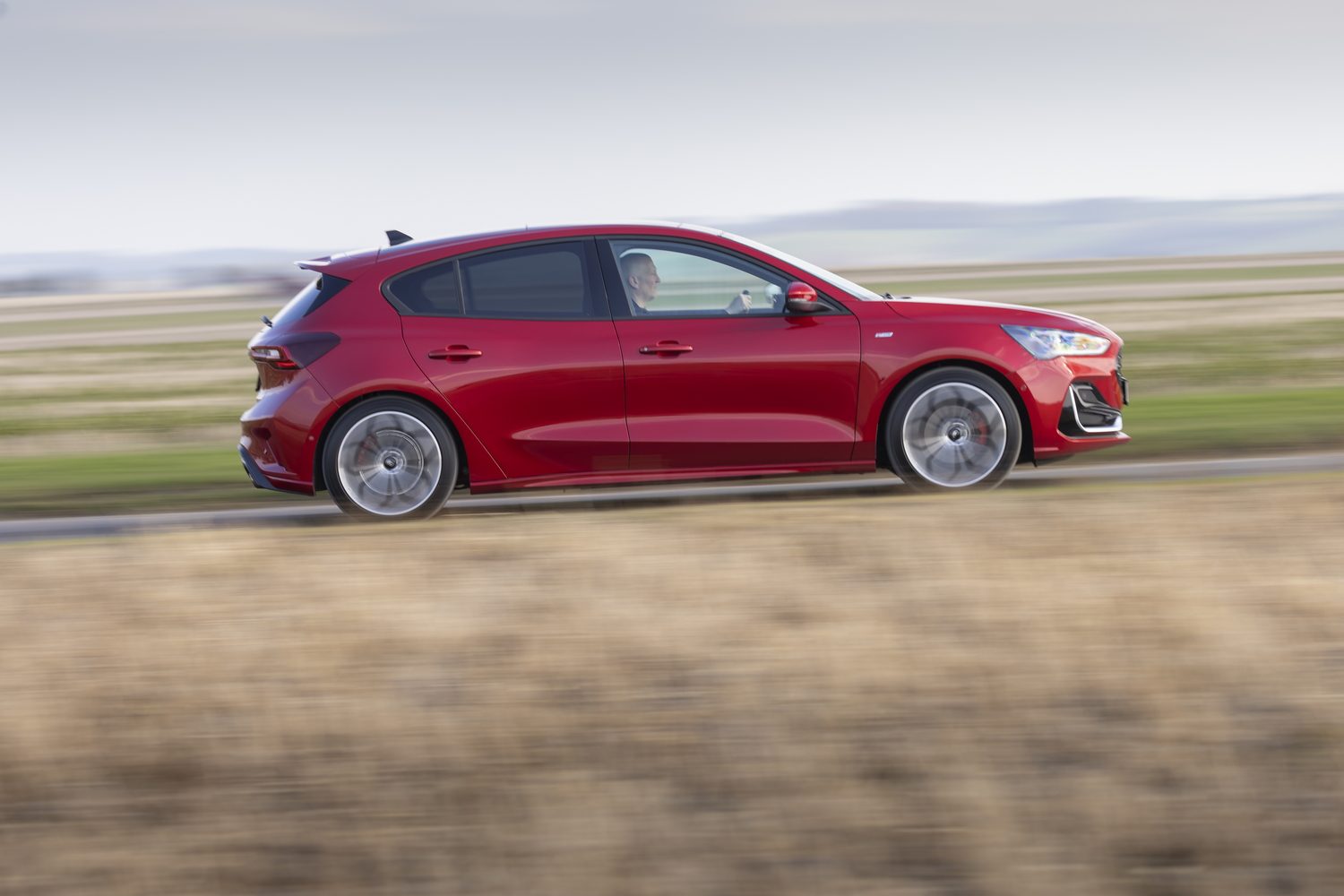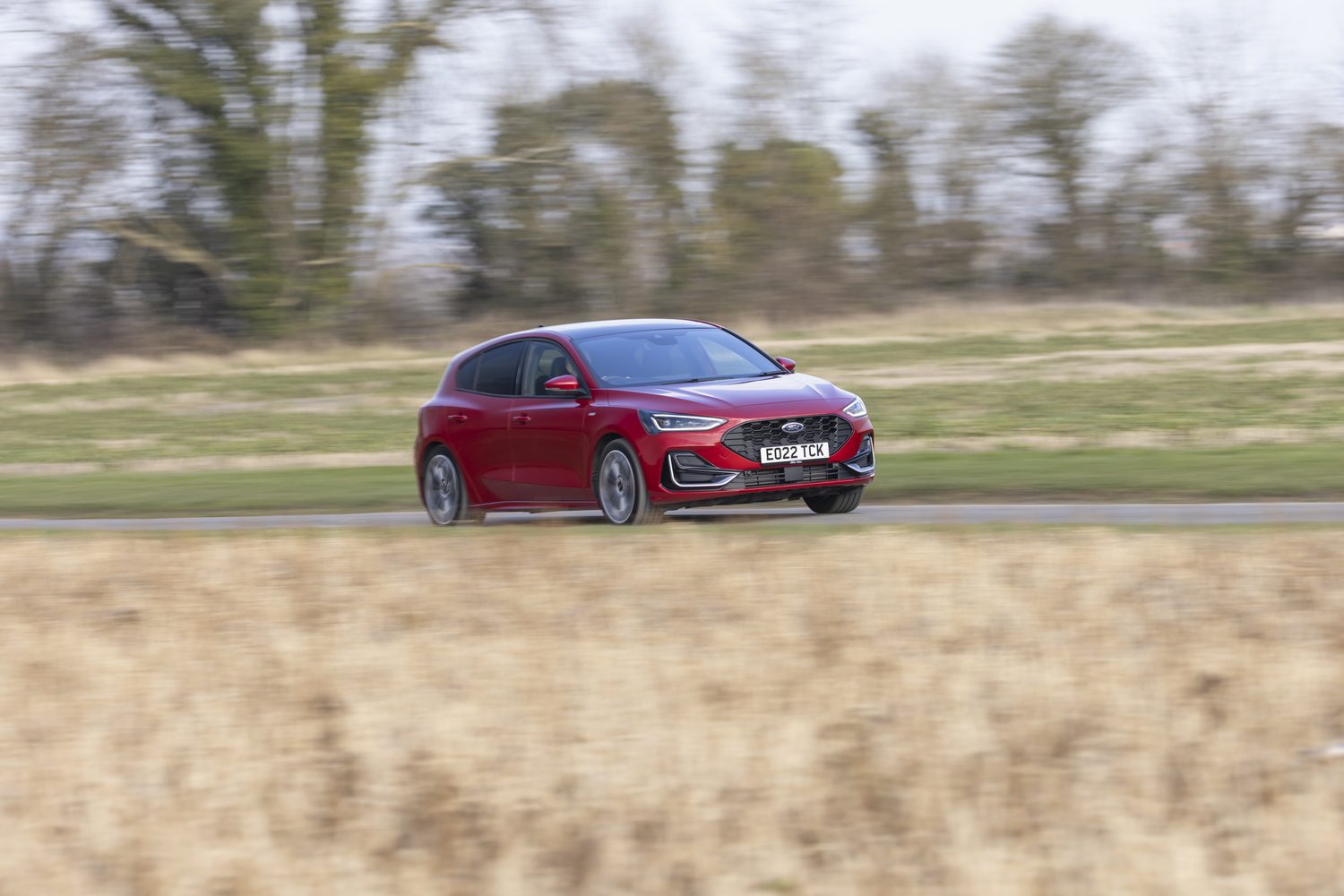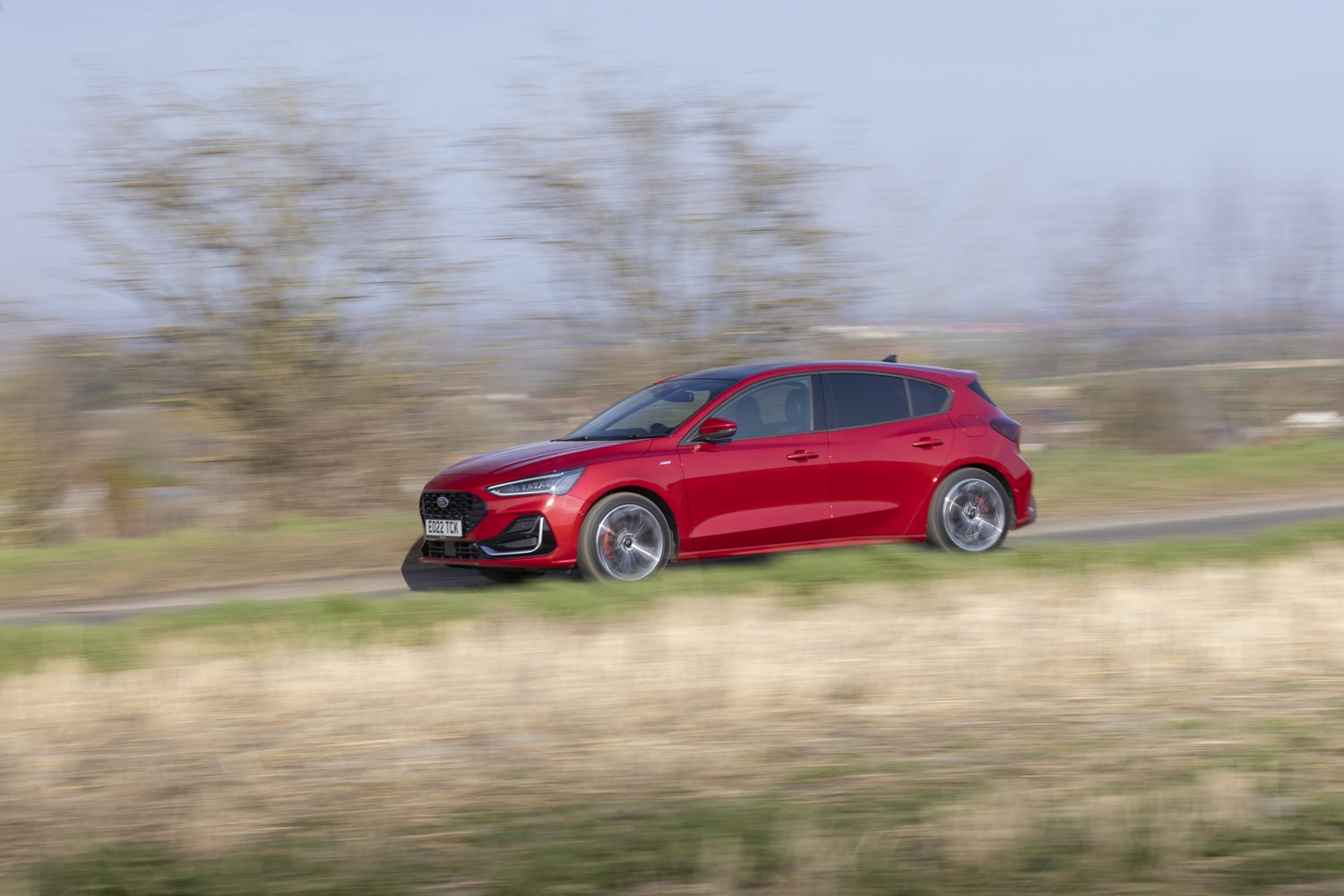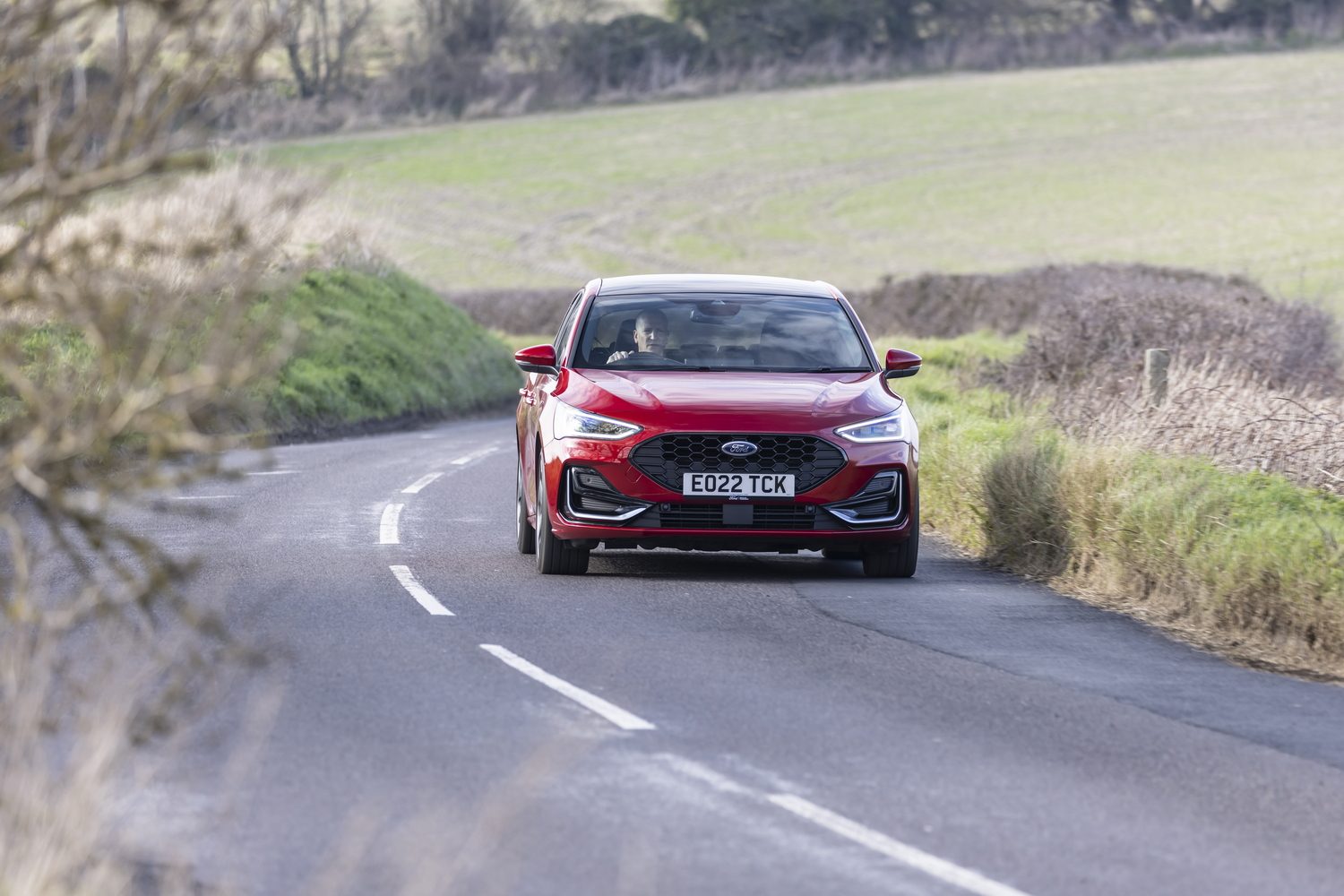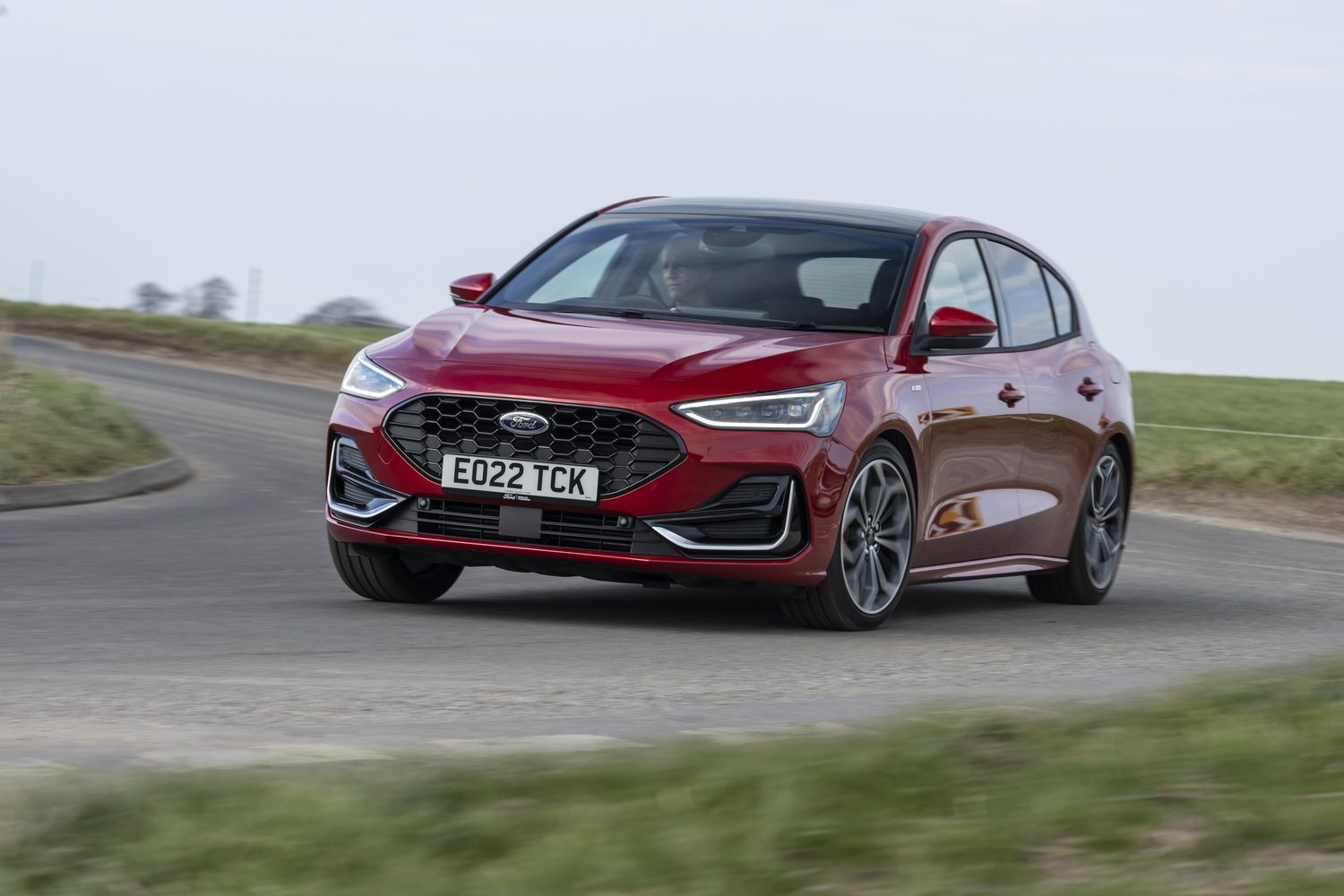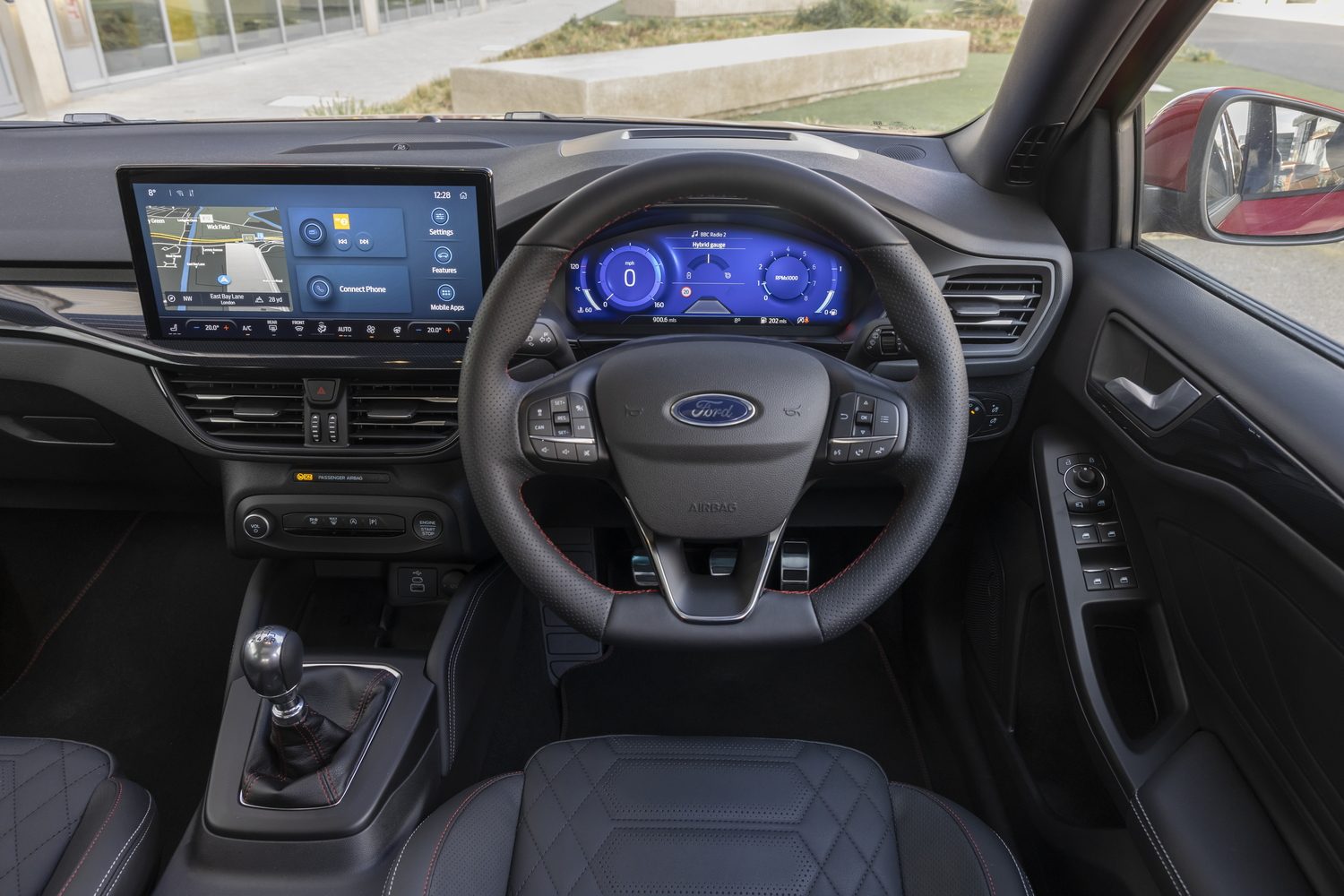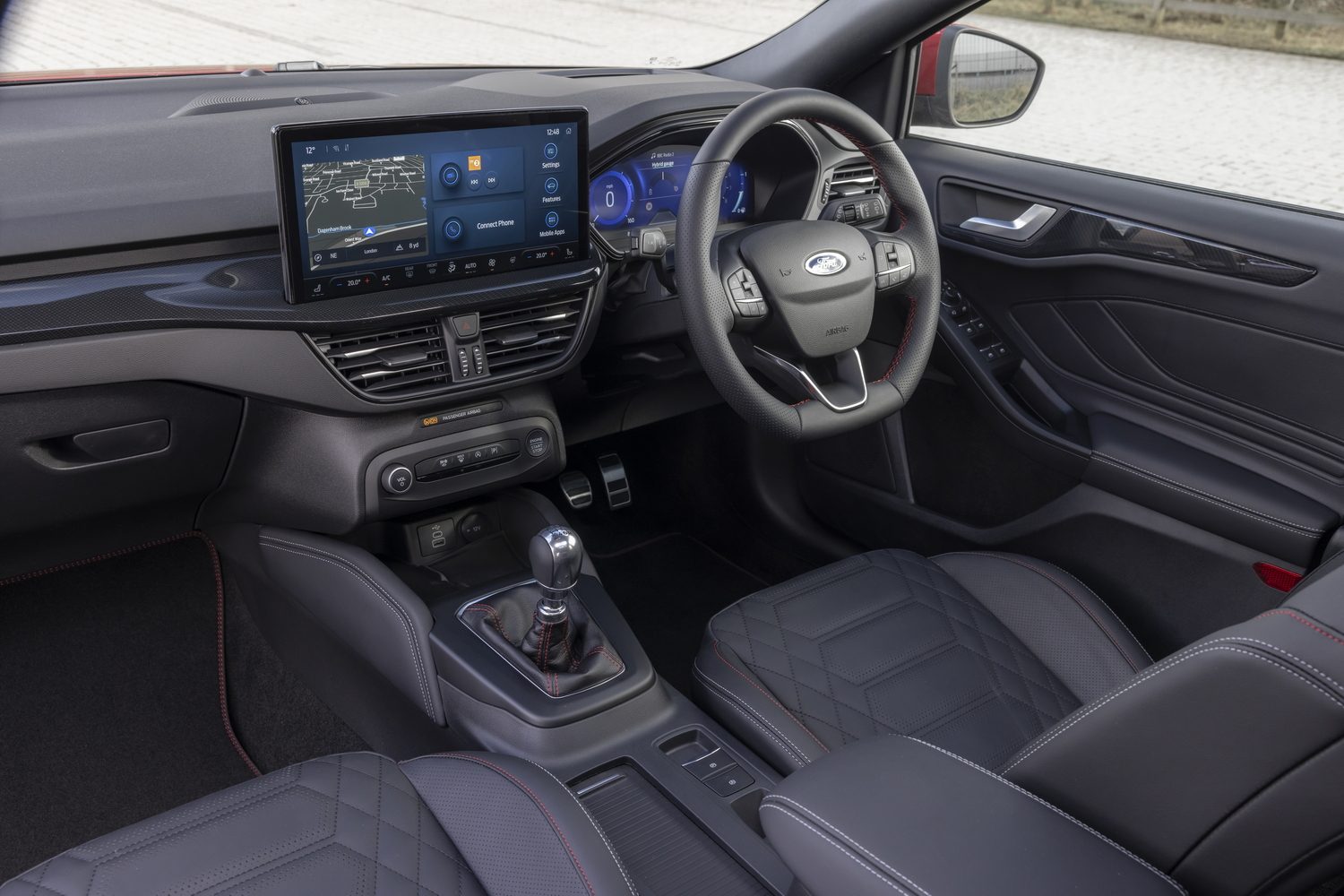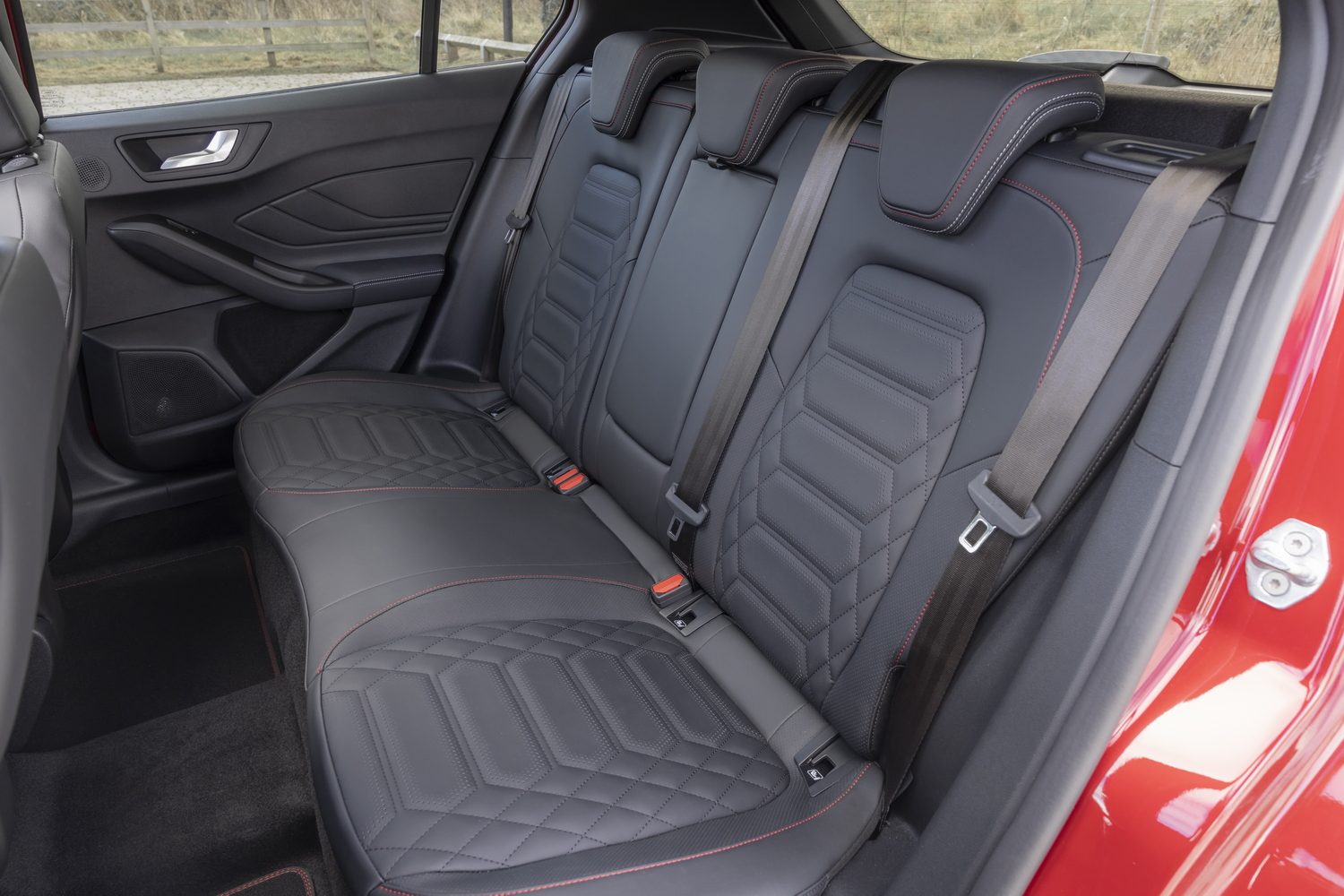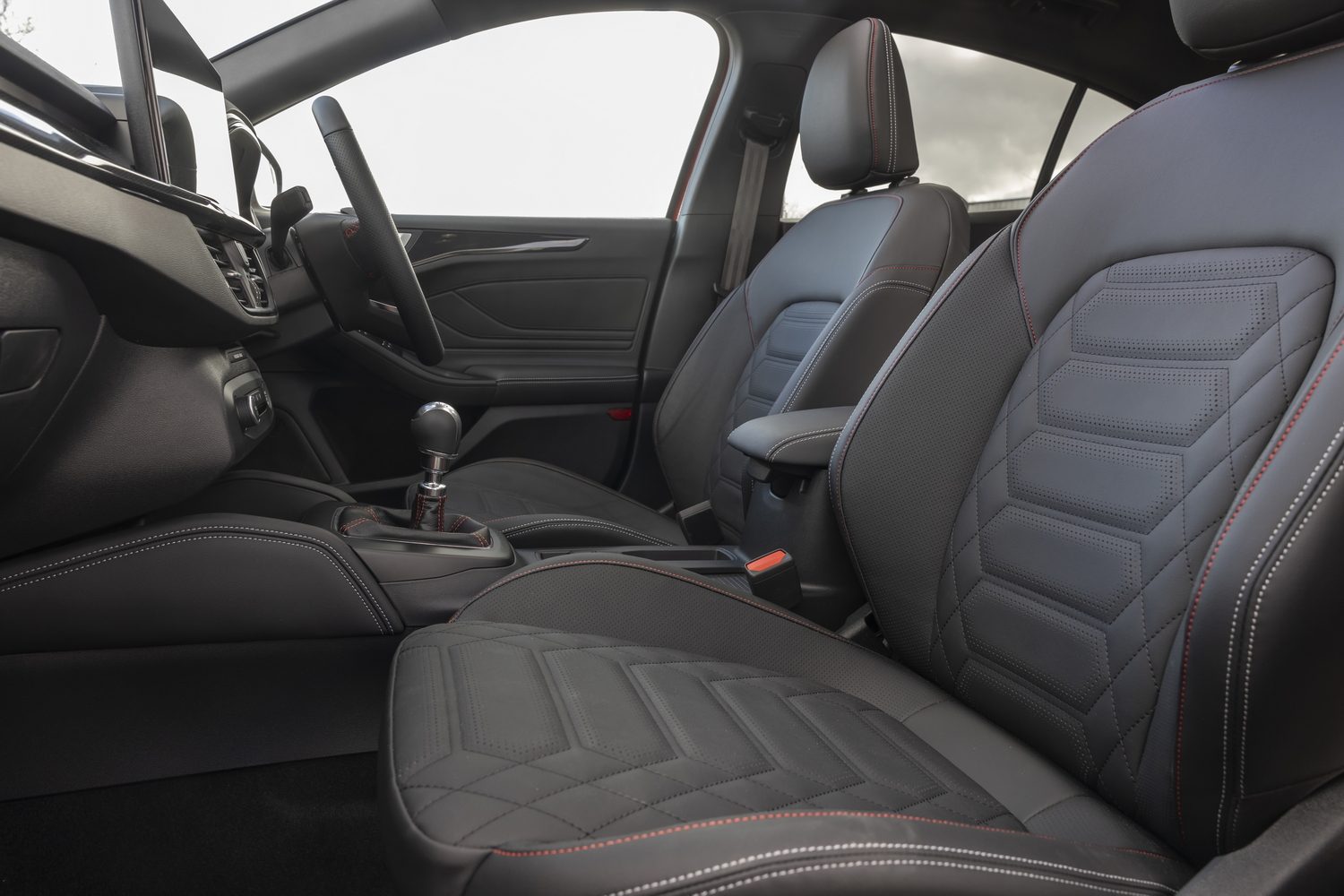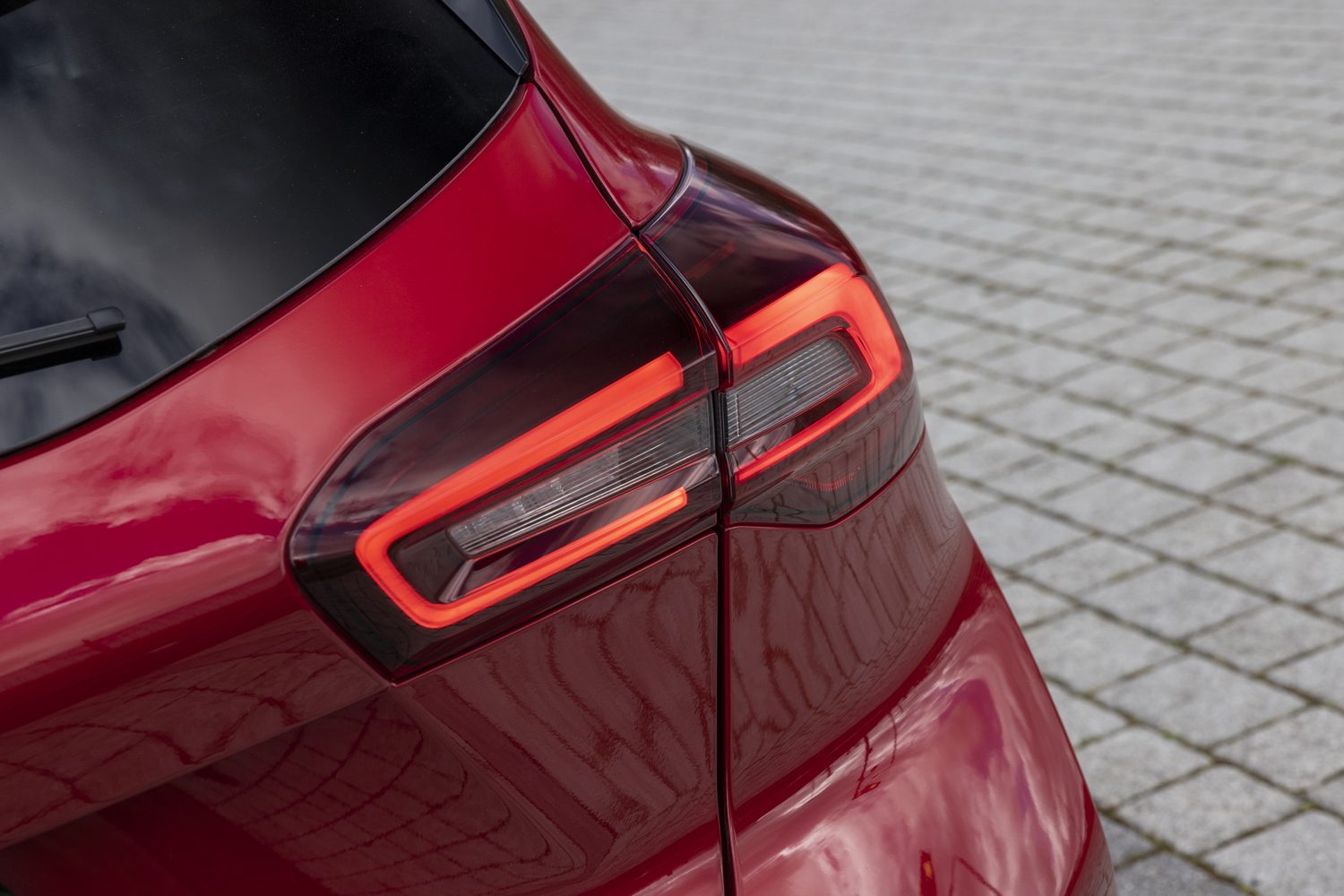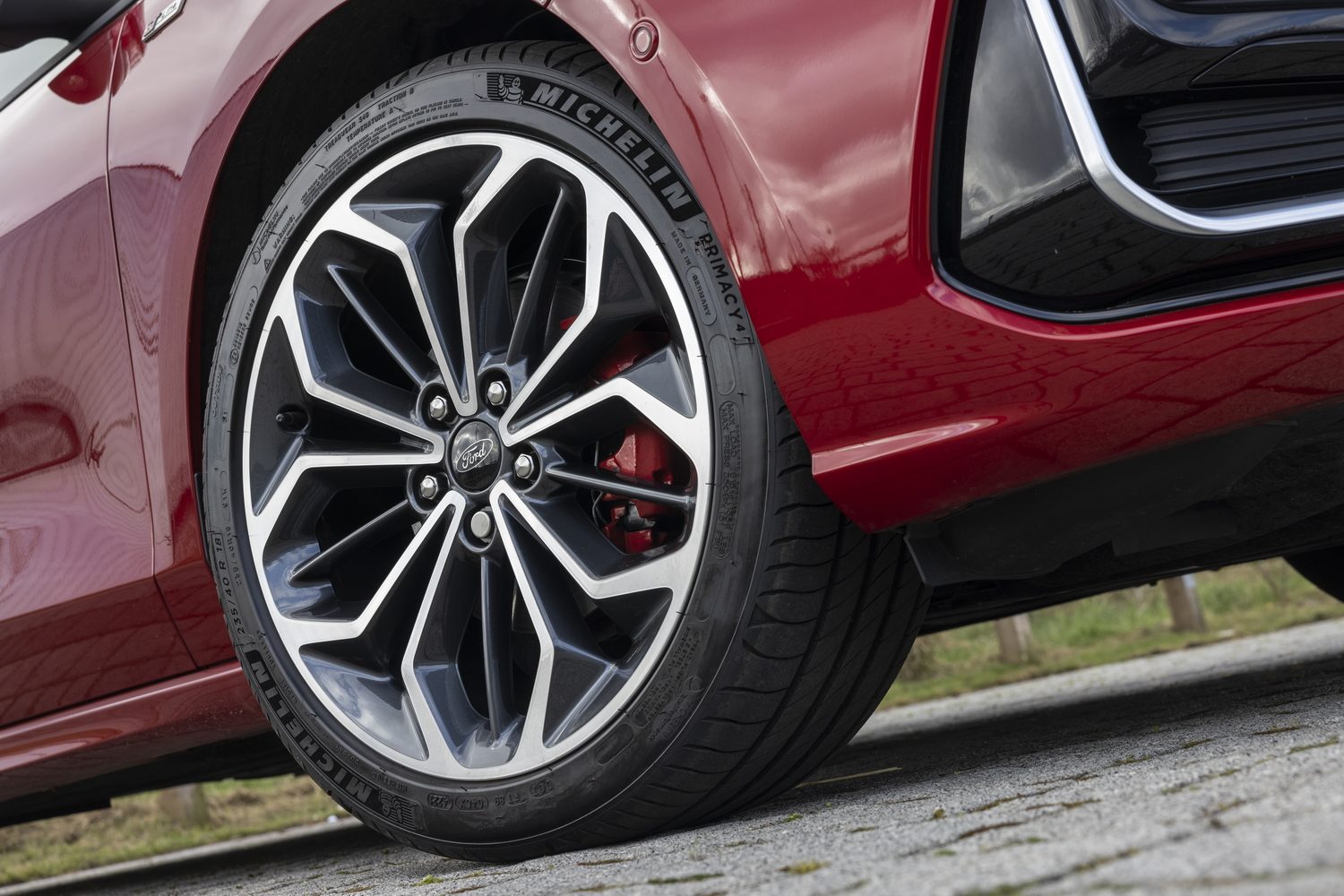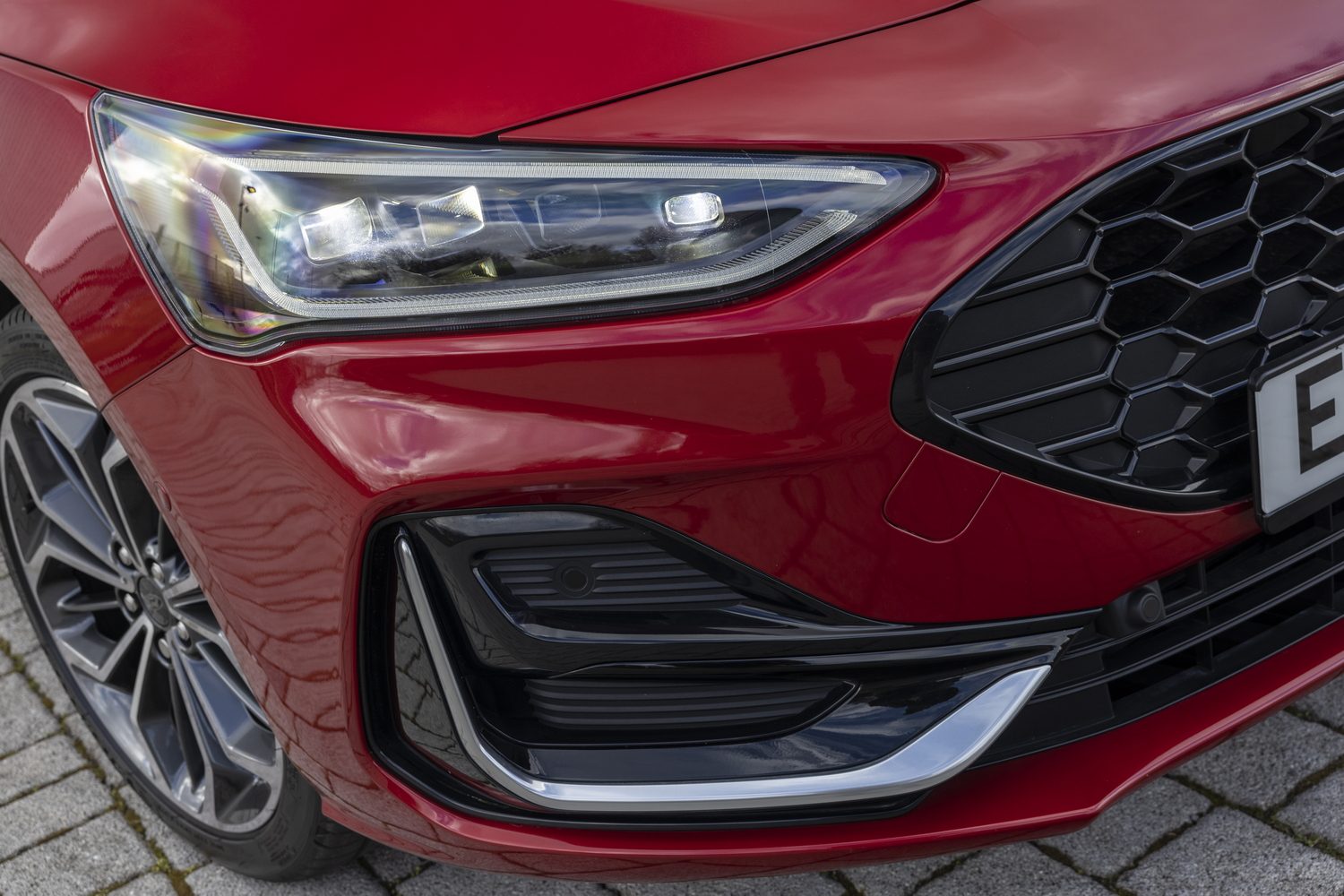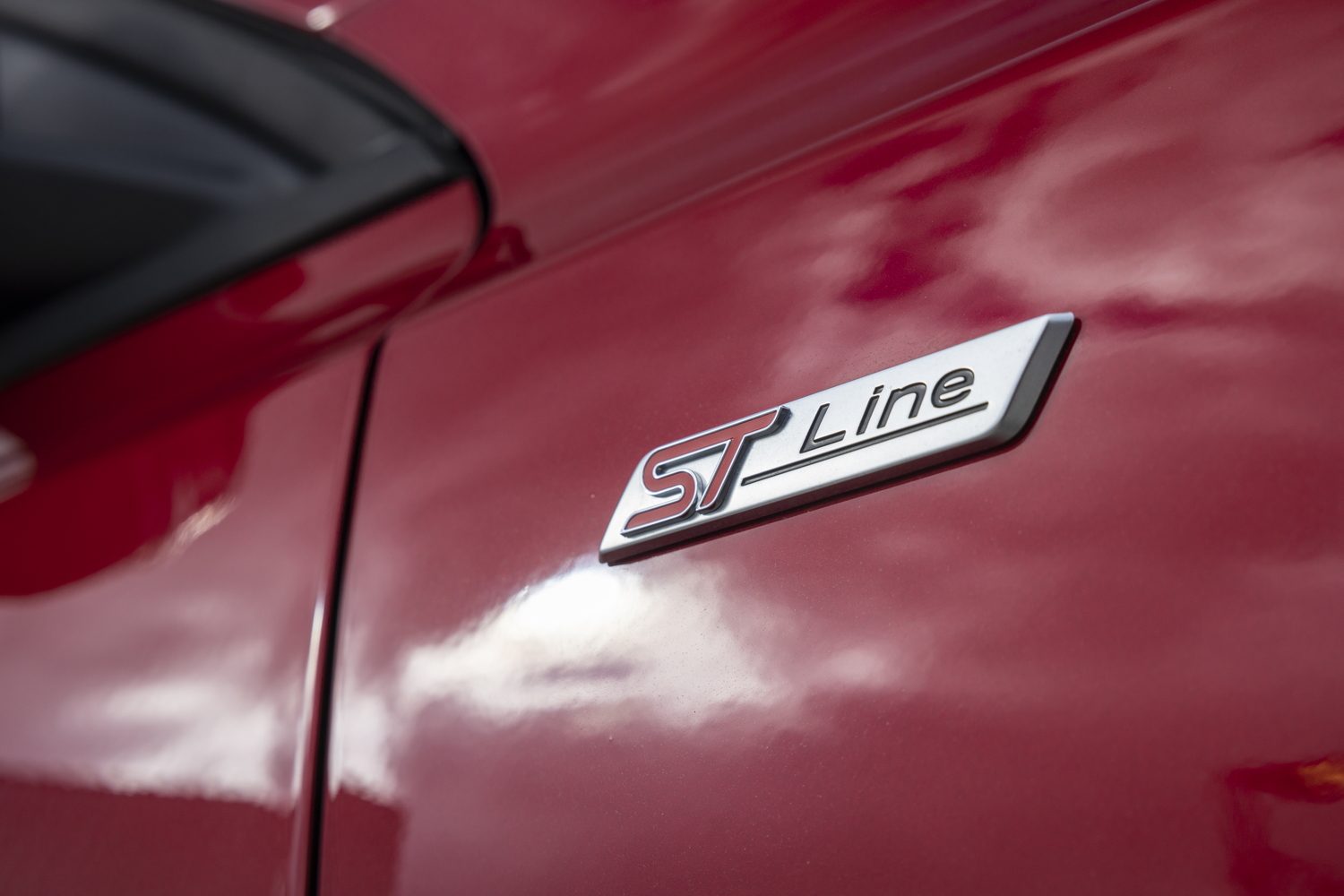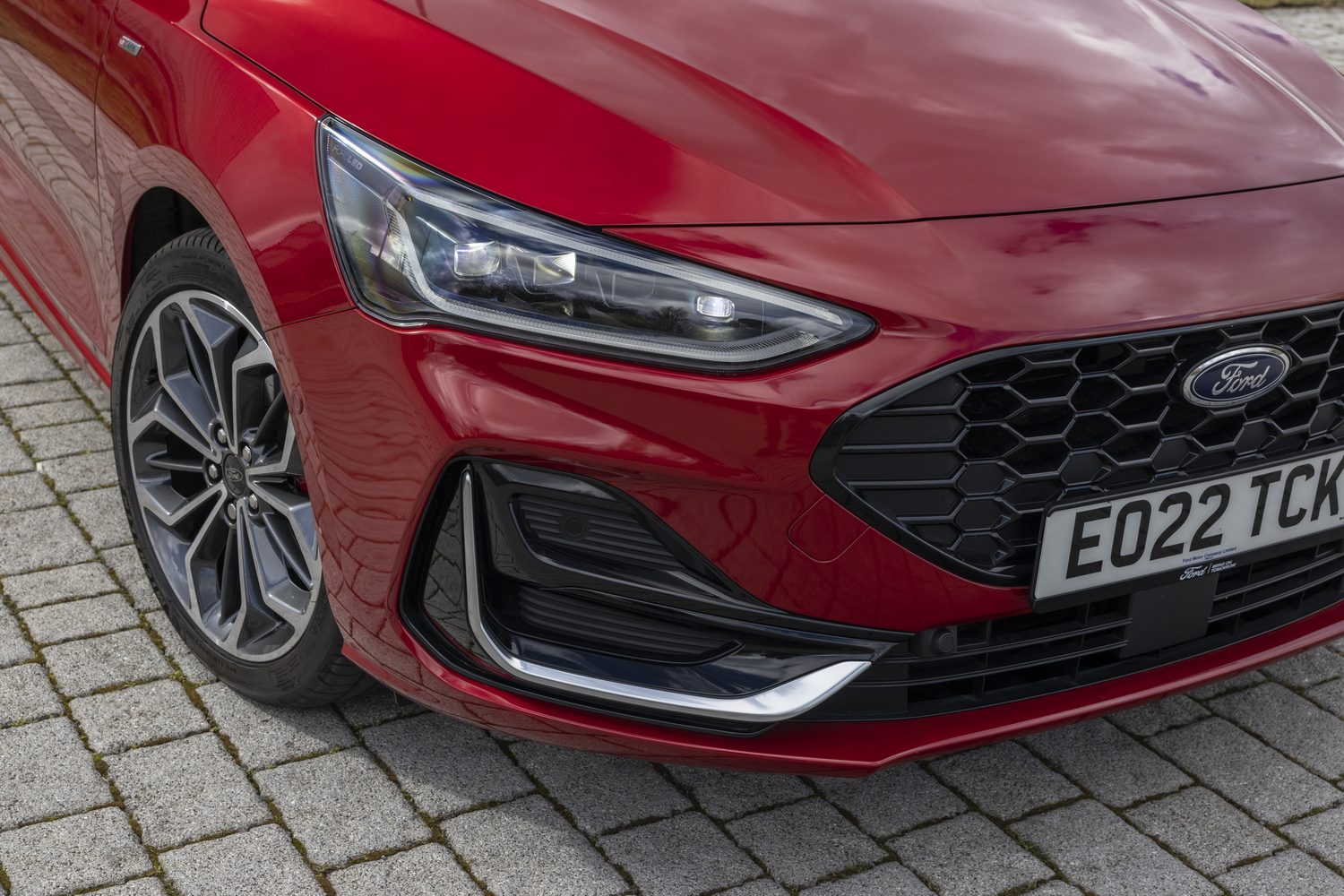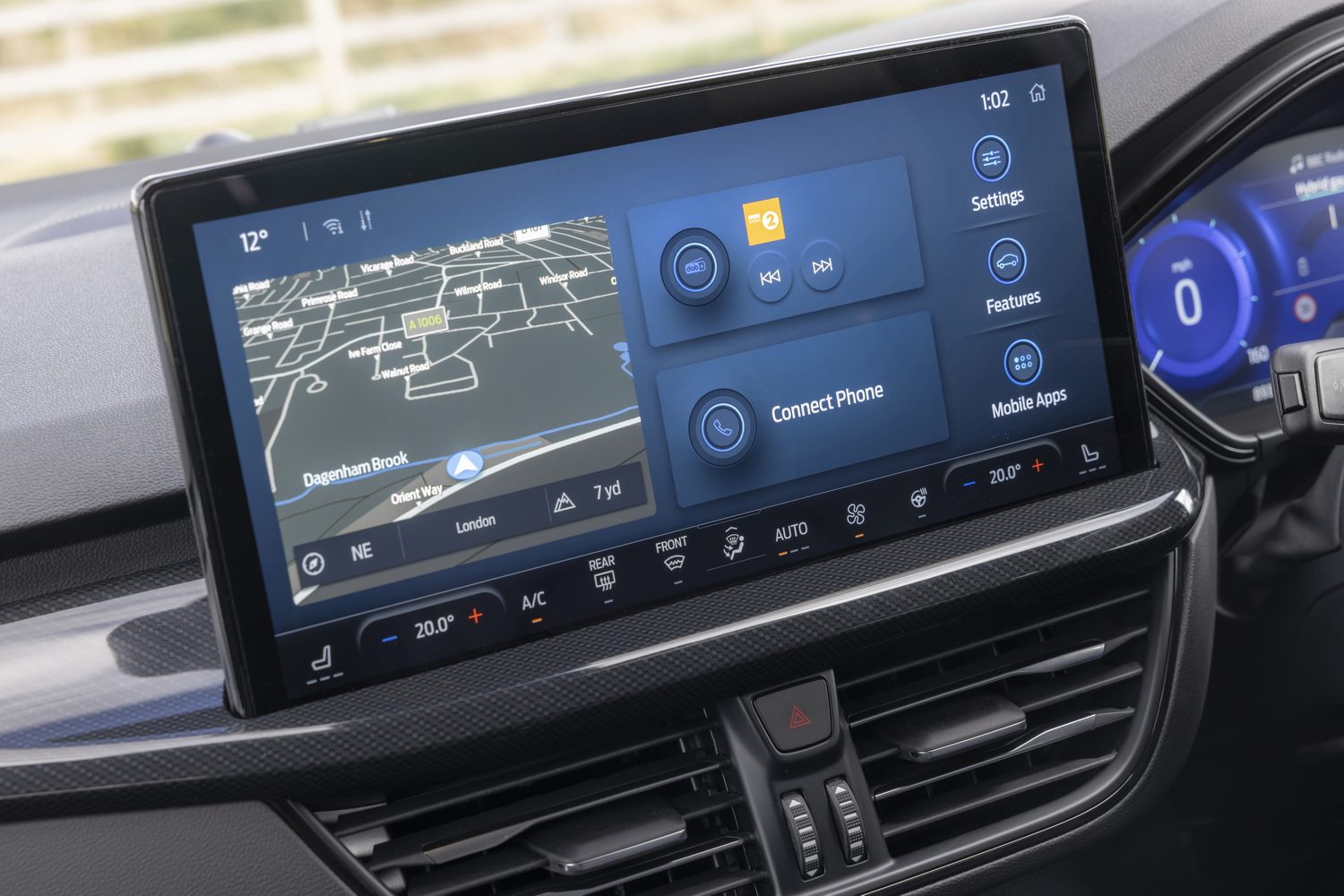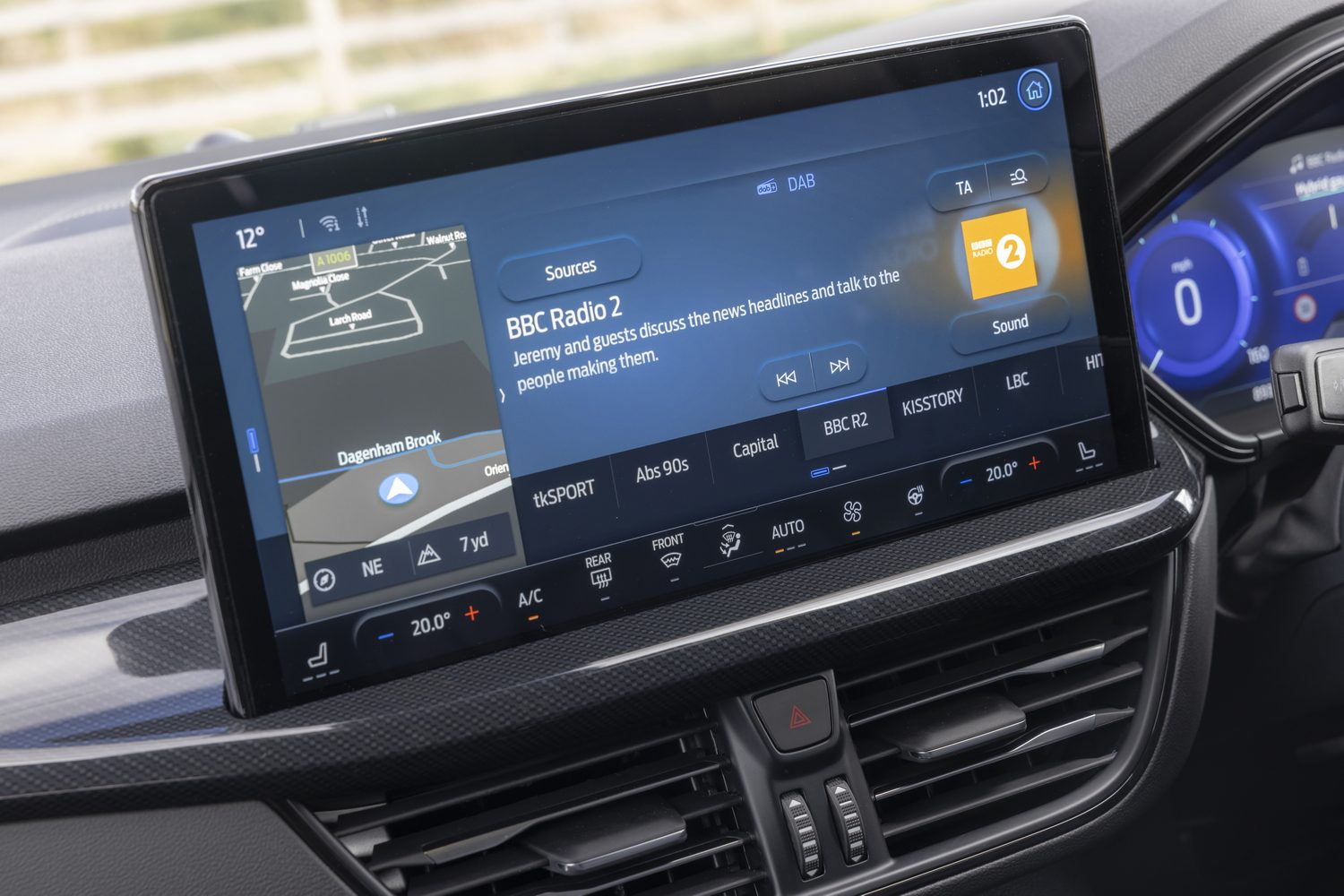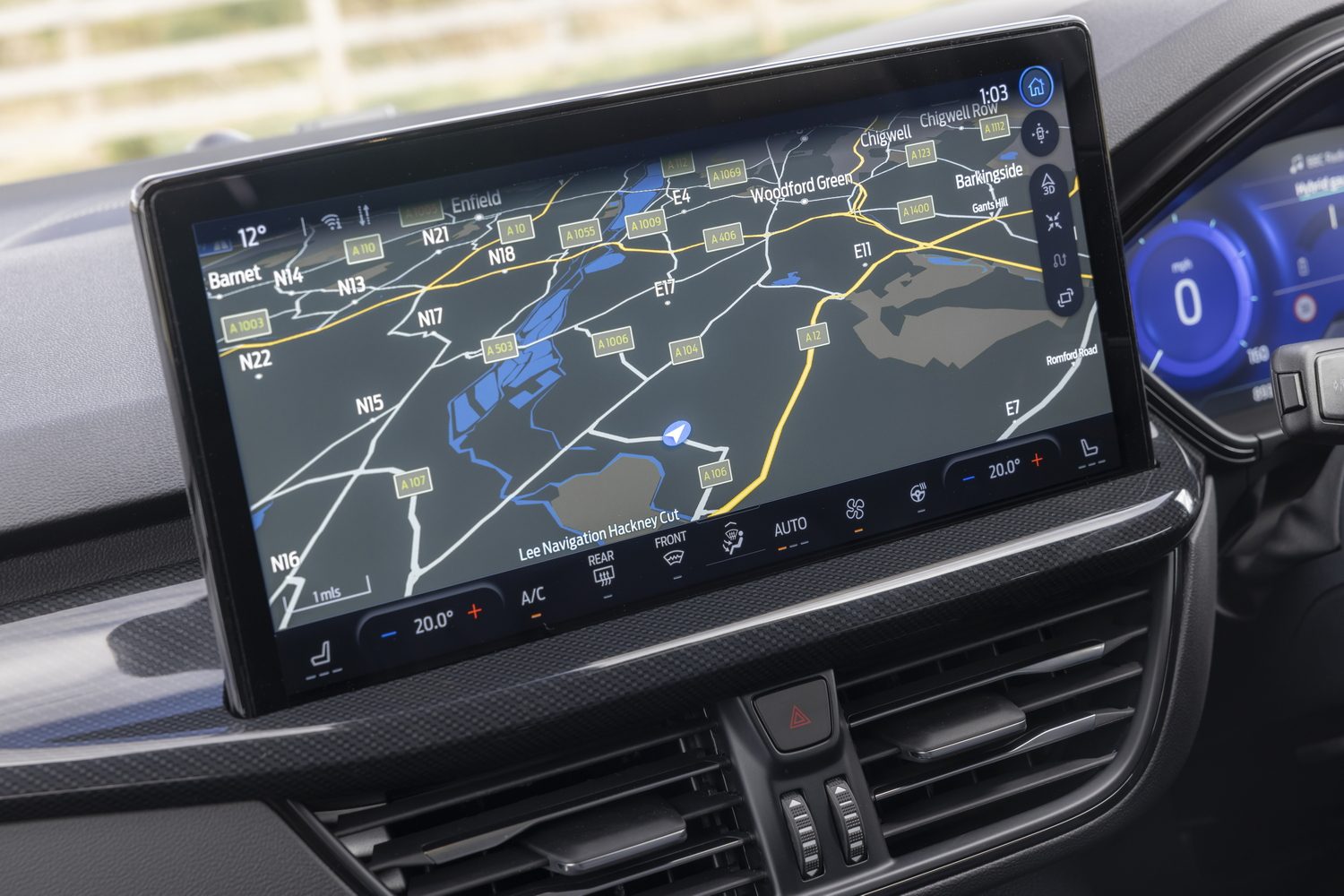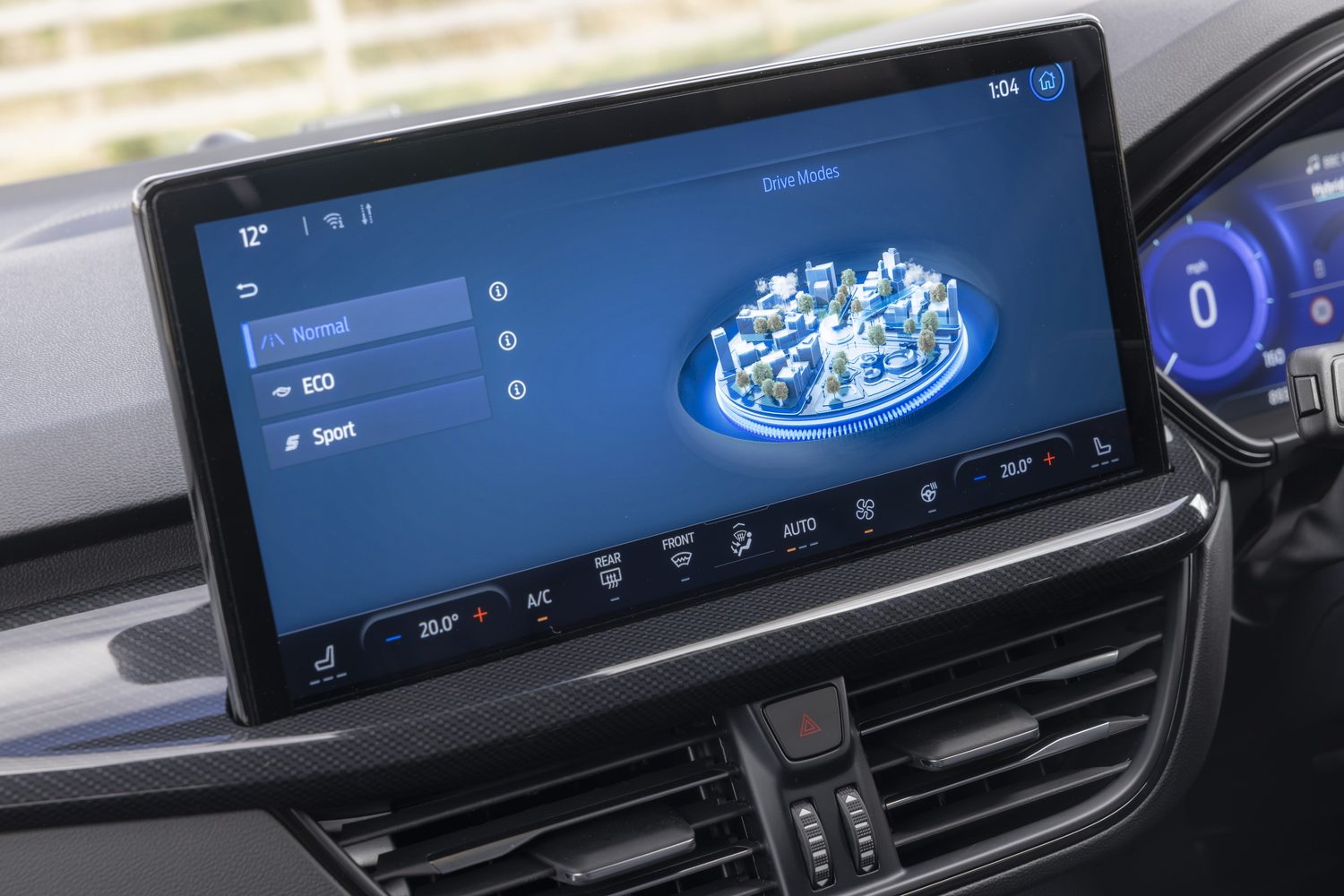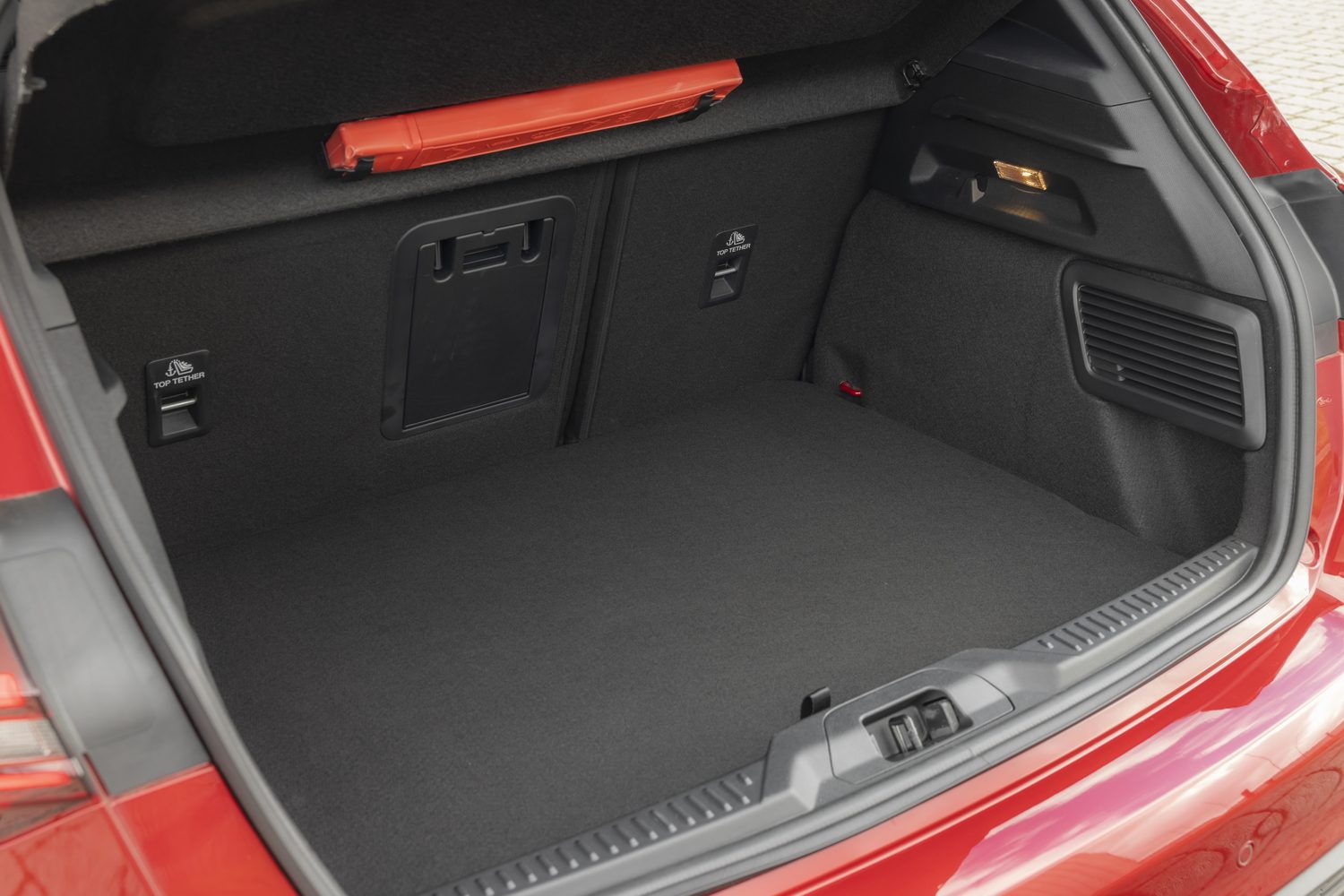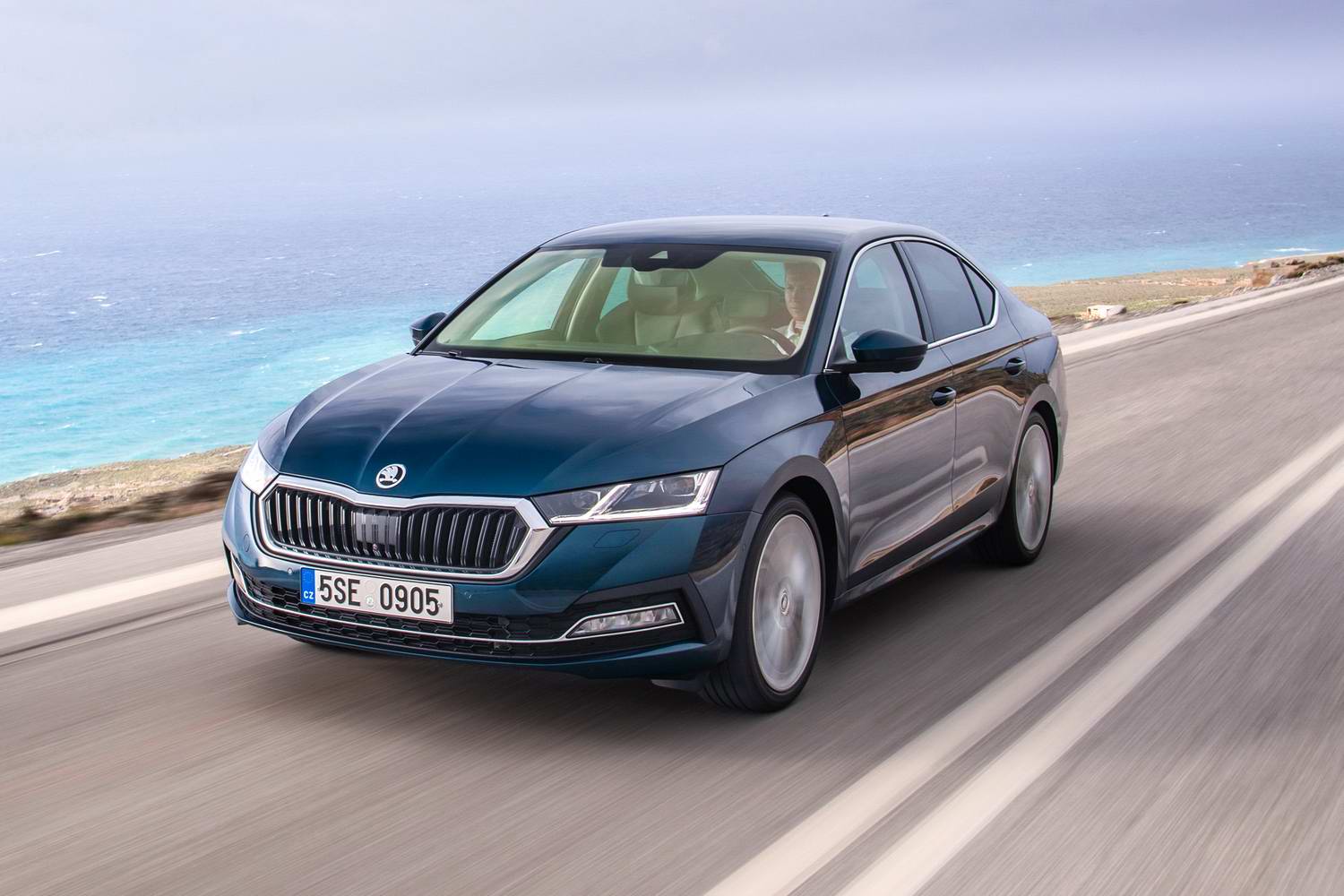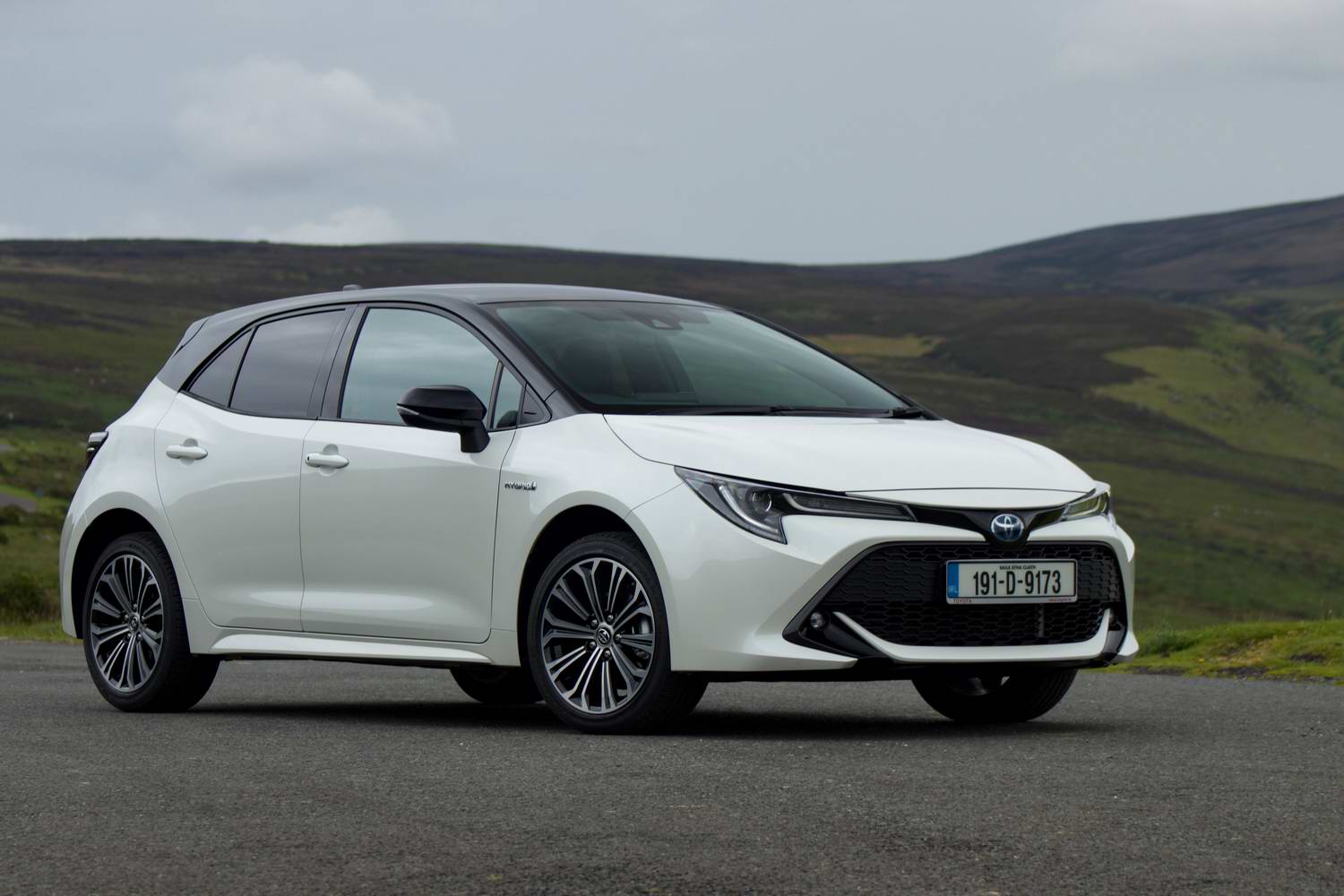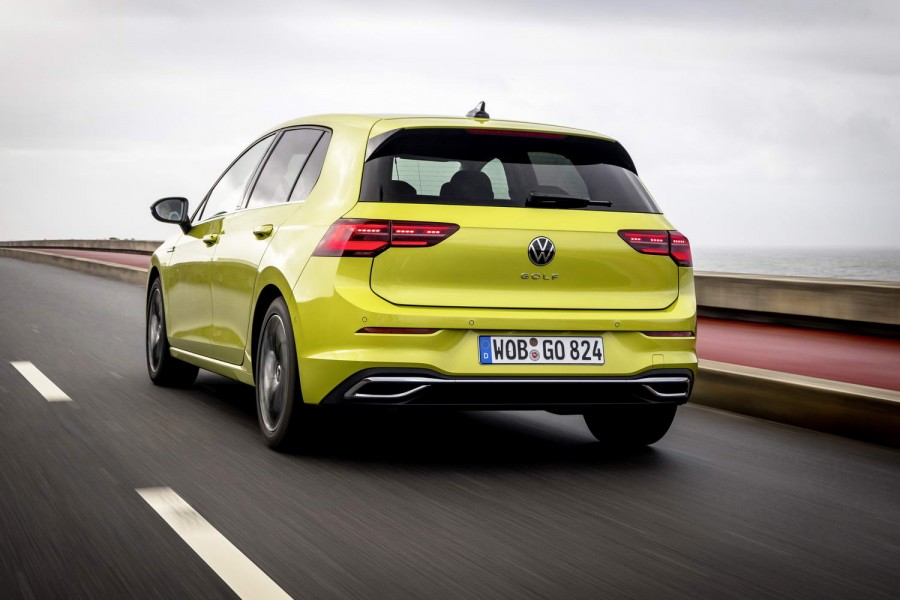The Ford Focus has always been one of the most popular C-segment hatchbacks on the road, but it faces a raft of constantly improving rivals, and it needs to keep its nose ahead of the game. To that end, the car has been updated with a new front-end design and some fresh interior tech, but will that be enough to keep the rivals at bay?
In the metal
From the outside, the changes to the Focus aren't all that drastic. There's a new grille with the famous Blue Oval in the centre, and there are new headlights and new bumpers, but it's basically the same car as before. We aren't entirely convinced by the new grille, but the overall look is much more modern than before.
The biggest changes are found inside, where Ford has installed a new touchscreen infotainment system for all but the lowliest models and there's a new digital instrument display. As with the exterior, it's hardly revolutionary, but it has given the Focus' cabin a more up-to-date feel.
Technology is a big part of this update, and the new touchscreen isn't just enormous - 13.2 inches across the diagonal, for those who like Top Trumps - but it comes with Ford's latest Sync4 operating system, which is also found in the Mustang Mach-E electric car, albeit presented in a different way. That's good news, because it's an improvement on the old Sync3 system that's still included on base-spec models of the Focus. The display is clear, with a minimalist design that still manages to be logical and easy to use on the move, thanks to some large and sensibly positioned icons. Like most touchscreens, it suffers from occasional lag, but that isn't too common an issue and it seems sharper than anything that's gone before in the Ford range.
The digital instrument display, which features on Vignale versions of the Titanium, ST-Line and Active models, as well as the high-performance ST, is also a solid proposition, albeit less clever than systems from the likes of Skoda, SEAT and Volkswagen. Nevertheless, the display is easy to read, and the customisation menus are simple to navigate, even if they are a little limited. Everything you need is right there, and that'll do for most.
Our test car also came with a head-up display, which is projected onto a clear screen that rises from the dashboard. It's slightly old fashioned from that point of view - most now project directly onto the windscreen - but it's a clear and concise display that allows you to spend more time with your eyes on the road and less time looking down at the speedo.
For all this good stuff, there are catches with the new Focus' cabin. For starters, material quality is a bit hit-and-miss, with some questionable plastics in prominent places, including the door cards and the centre of the dashboard. We're accustomed to some cost-cutting in certain places - particularly those customers will never touch - but the Ford's quality seems excellent in these areas and less satisfactory in some others. Nevertheless, the way in which those materials are connected is great, and all the switchgear feels robust.
Speaking of switchgear, the Focus' cabin seems a little devoid of buttons in places. That's because most of it has moved to the aforementioned touchscreen, which now houses everything from the climate control to the driver assistance technology. Normally, we'd be critical of such an approach, but like BMW's latest touchscreens, the Sync4 system is just about good enough to cope. There are certainly far worse executions of this approach.
Because the Focus has only really changed on a fairly superficial level, the new model is as practical as its predecessor. That means the hatchback comes with a 375-litre boot that's competitive for a car of this size, without being exceptional. For reference, the Focus' luggage bay is just six litres smaller than that of a VW Golf, and that's an almost unnoticeable difference.
What you might notice is the space in the rear. Very tall adults will be a little cramped on longer trips, but most will have perfectly ample legroom and adequate clearance between the top of their head and the roof lining. It isn't enormously roomy back there, but it's up there with the class average.
Driving it
Although Ford might have introduced lots of new technology, the company hasn't done an awful lot to the Focus' oily bits. The chassis didn't need much work, so beautifully did the pre-facelift car handle, but the engines could have done with a revamp. Unlike key rivals, the Focus remains without a proper hybrid system, a plug-in hybrid option or even a fully electric model, and that may cause it some problems when it comes to sales.
As before, the engine range comprises a 1.5-litre diesel engine with 120hp and a selection of 1.0-litre EcoBoost petrol engines, with power outputs ranging from 125hp to 155hp. Some of those petrol engines come with mild-hybrid technology, but although 'hybrid' is a buzzword, there's no need to get too carried away; it's more of a glorified stop-start system than anything else.
More exciting is the 2.3-litre EcoBoost petrol engine in the Focus ST, but that will get its own review on another day.
Barring that high-performance option, every engine in the Focus range excels on the official economy test, with even the thirstiest petrol options using as little as six litres of unleaded every 100km. The 120hp diesel option, however, is the real economy champion, sipping just 4.6 litres of diesel every 100km.
Our test car came with the 1.0-litre EcoBoost mild-hybrid petrol engine, paired with a six-speed manual gearbox. The gearbox is great, with a traditionally slick action, but the engine's measly 190Nm of torque means the gearing feels ill matched to it. It's clearly tuned for economy over drivability, and that takes a bit of getting used to.
That aside, however, the Focus drives very well. The Active models have never necessarily been the best showcase of the car's natural talent, but if the high-riding, off-road-inspired model can get it right, the rest ought to be even better. Carrying on where its predecessor left off, the Focus comes with lively, quick steering and dependable, agile underpinnings. Sure, the Active model leans a bit in corners, but it's still more fun to drive than most family hatchbacks.
The catch is the ride, which isn't as settled as it might be in a Volkswagen Golf or a Peugeot 308, although the raised suspension of the Active model probably doesn't help on that front. Our test car felt jiggly across almost any surface, even smooth motorways, but we would expect the lower-riding cars to feel more composed, if still less comfortable than their direct rivals - especially the sportier ST-Line and ST versions.
What you get for your money
Irish prices start at €26,424 for the basic Focus Trend, but that gets you plenty of equipment. There's navigation, a heated windscreen and parking sensors at the front and rear, although drivers will have to make do with the Sync3 touchscreen, manual air conditioning and 16-inch steel wheels.
From there, the Focus range splinters into three different pillars, with the more upmarket Titanium versions offering alloy wheels, the Sync4 infotainment system and two-zone climate control. Alternatively, customers can choose the high-riding Active models with 17-inch alloy wheels, raised ride height and rugged body cladding, or the ST-Line versions with their sportier styling and sports suspension. All three are available in standard form, or in Vignale form with the digital instrument display, larger alloy wheels and leather upholstery.
Above all those, and with prices starting from €52,748, is the ST model with its high-performance features and extra standard equipment.
Summary
The Focus remains a key contender in the family car market, and buyers overlook this fun-to-drive hatchback at their peril. Ford has sorted some of the key issues - notably the infotainment system - and that's enough to keep the Focus up there with the best in its class. But we'd avoid this Active model, which uses rugged styling to write cheques the mechanical components can't really cash. All we need now is supply of the car to Irish dealers...

